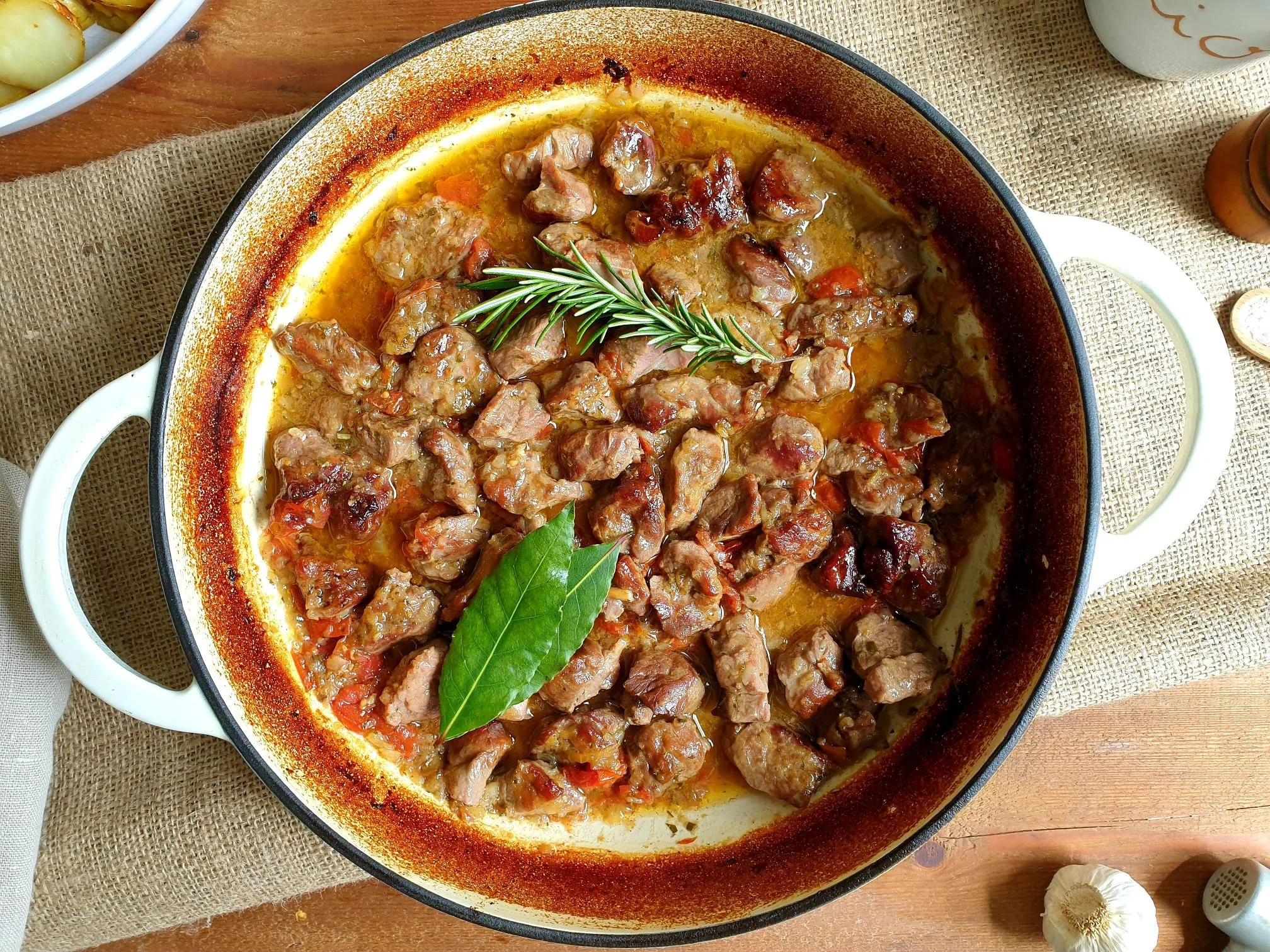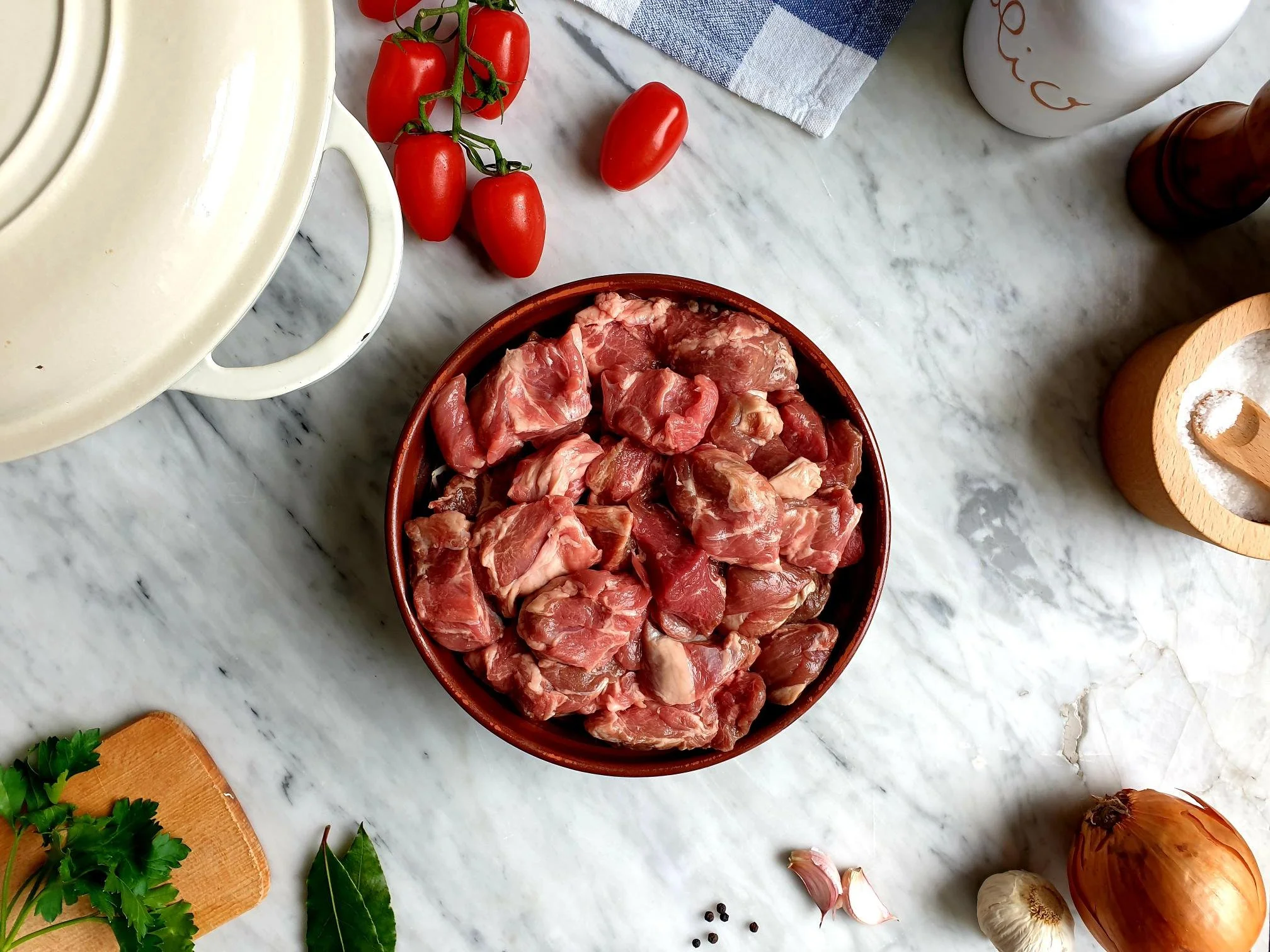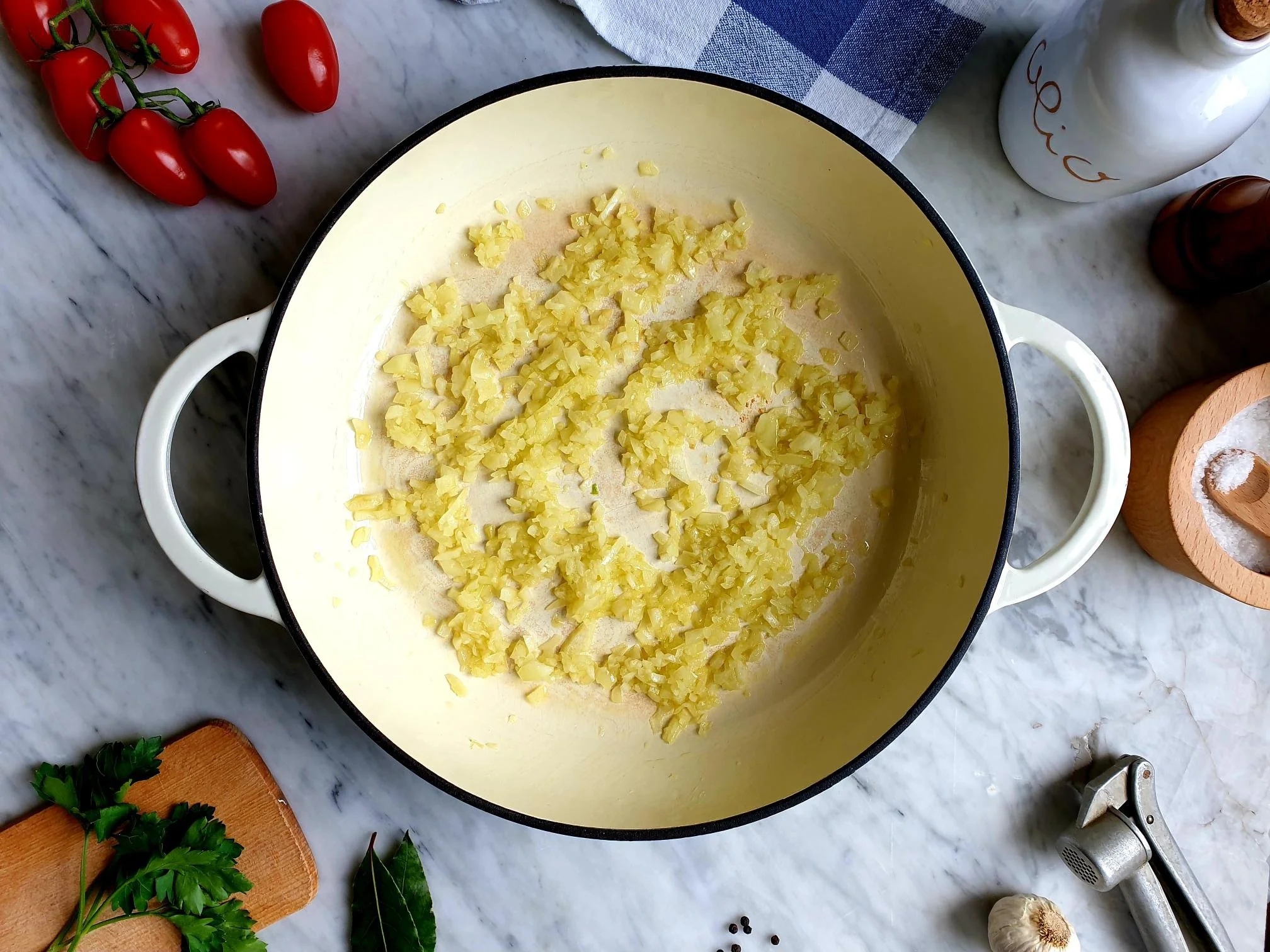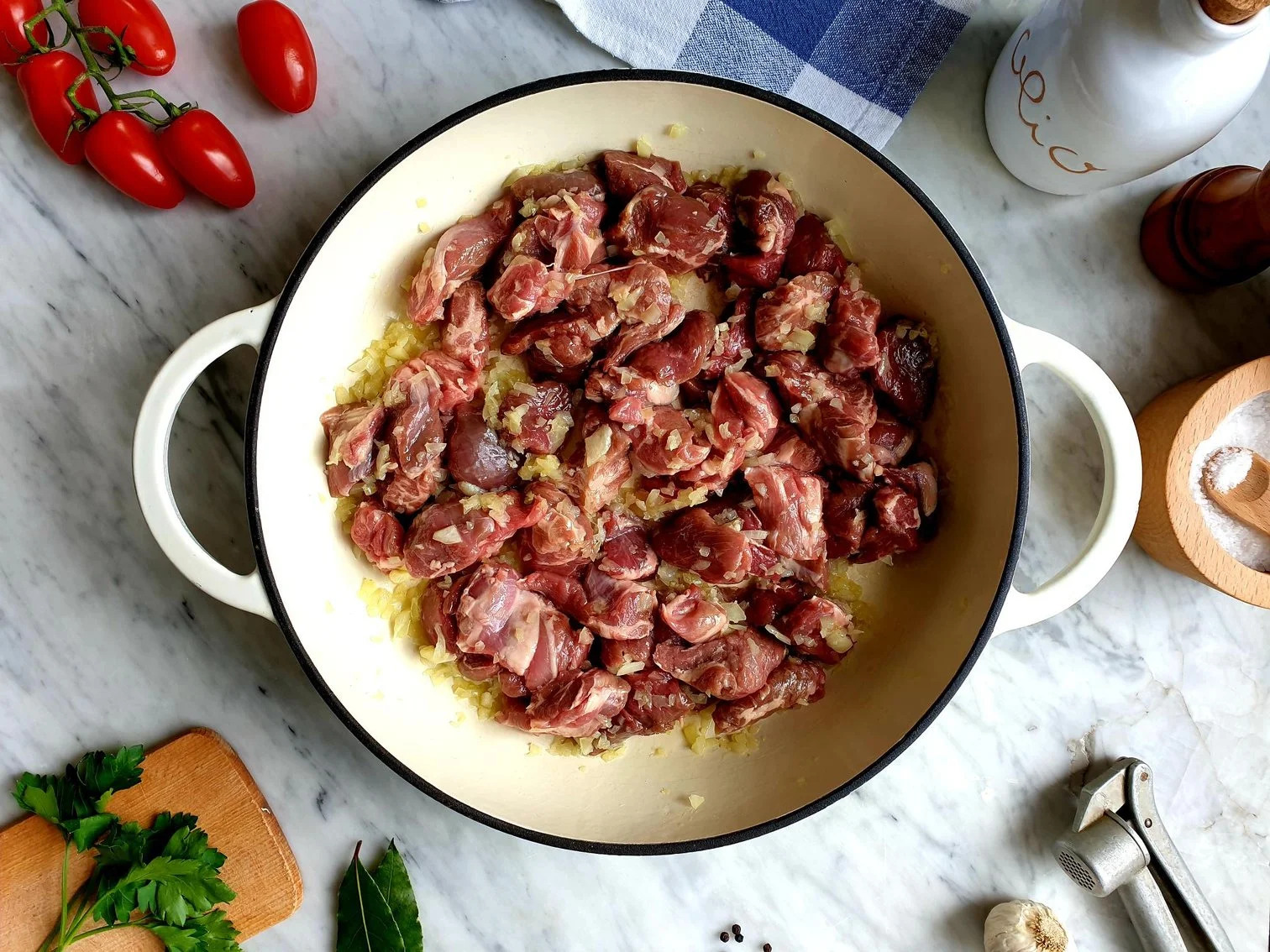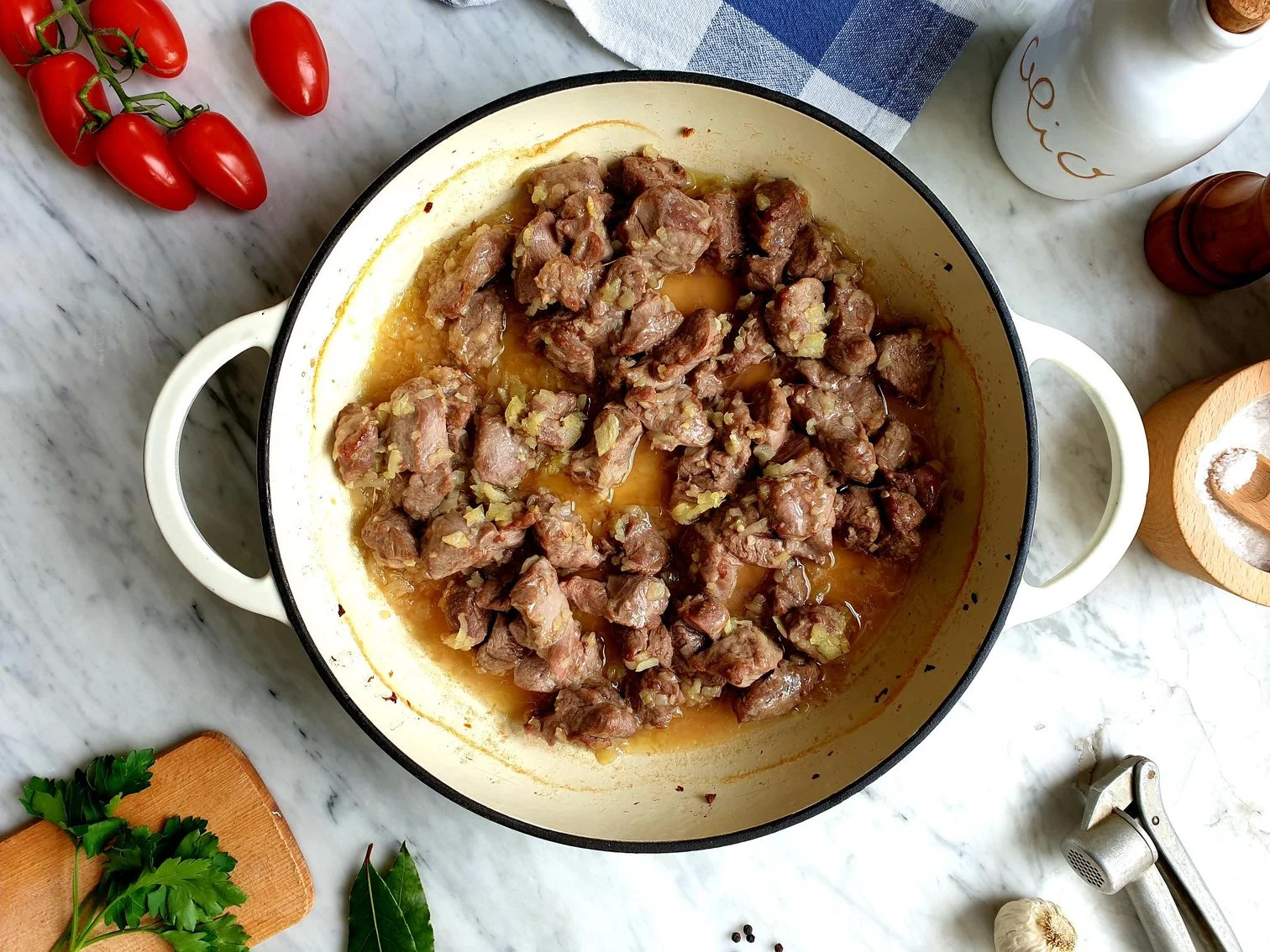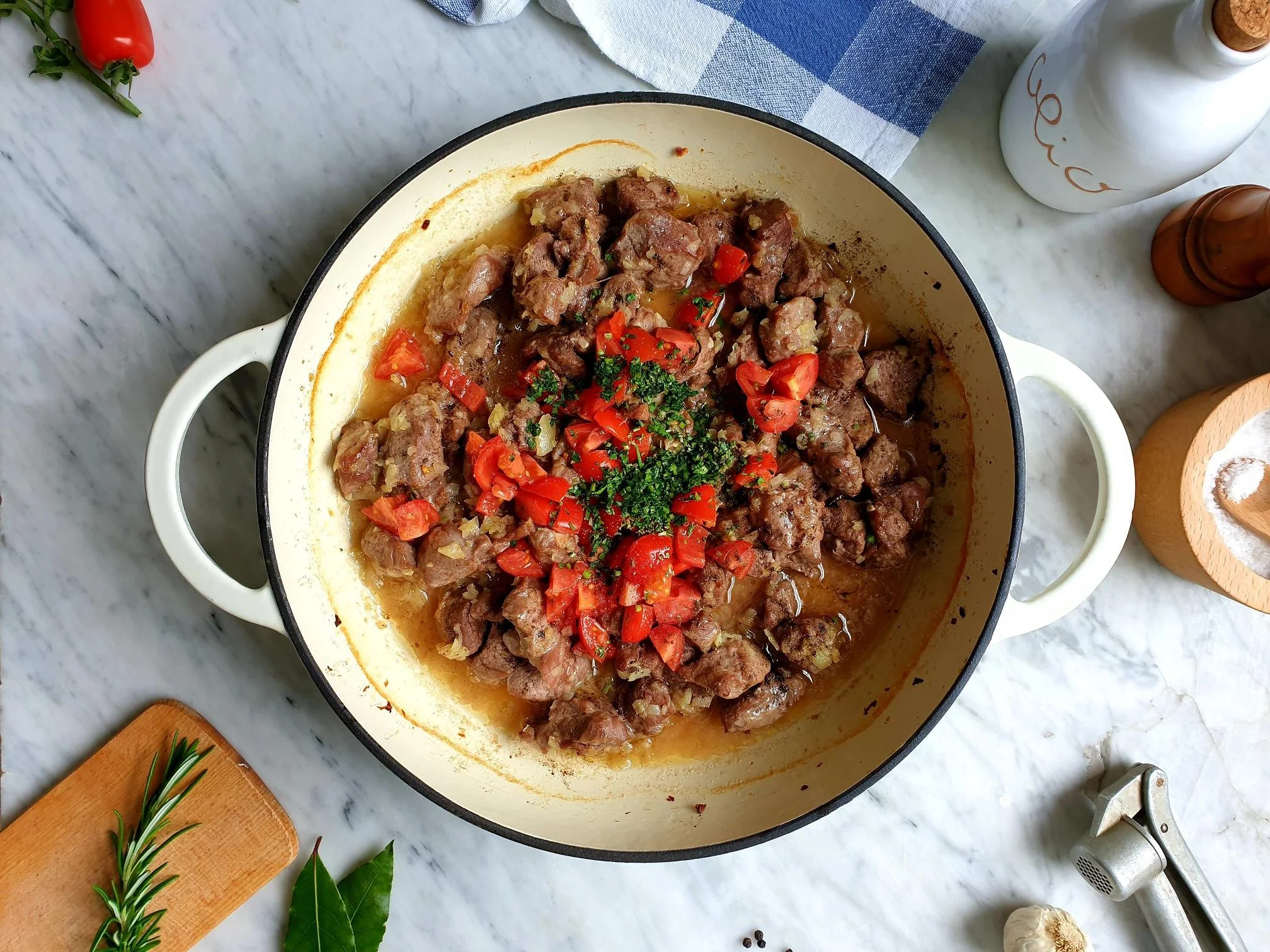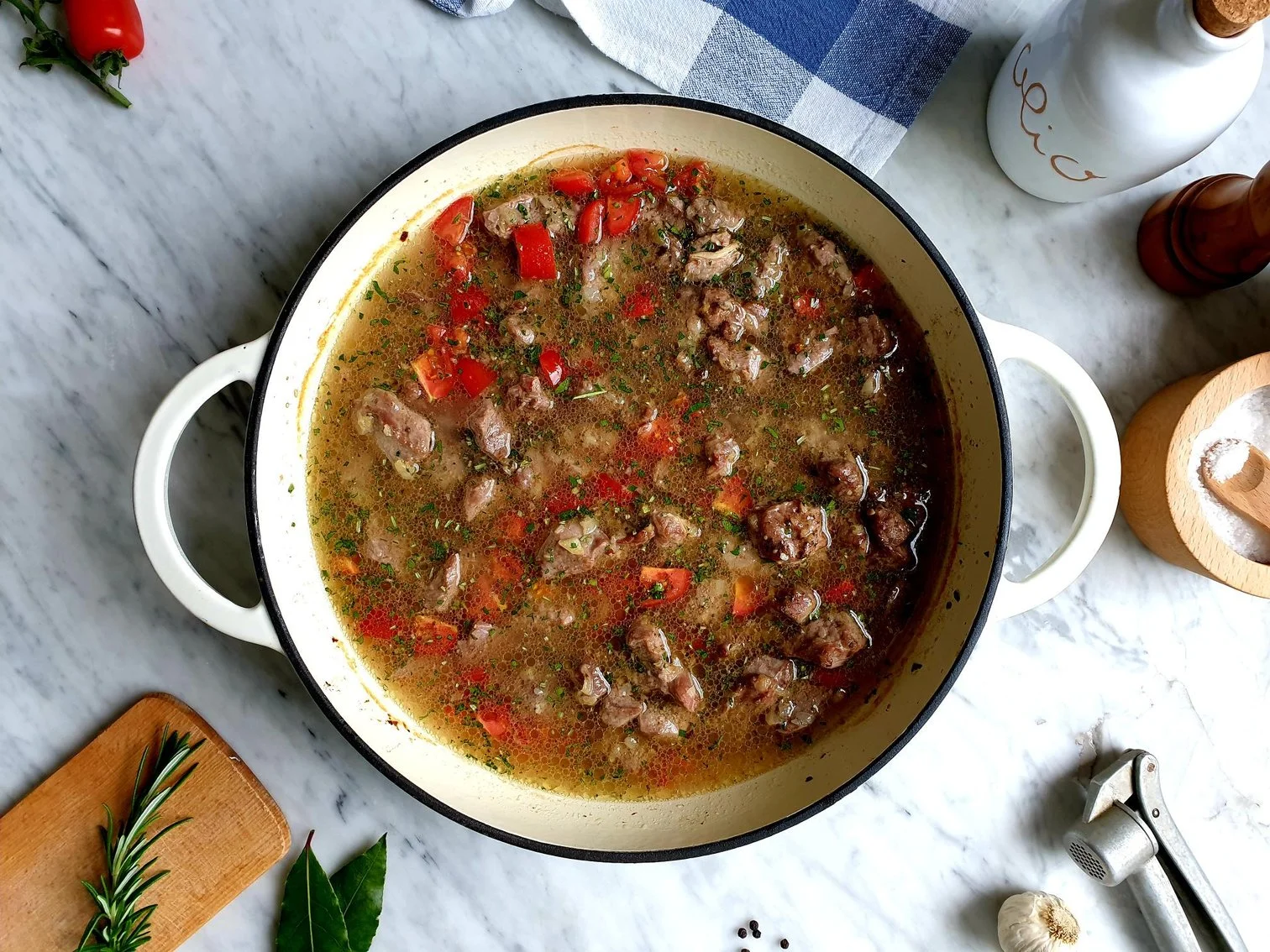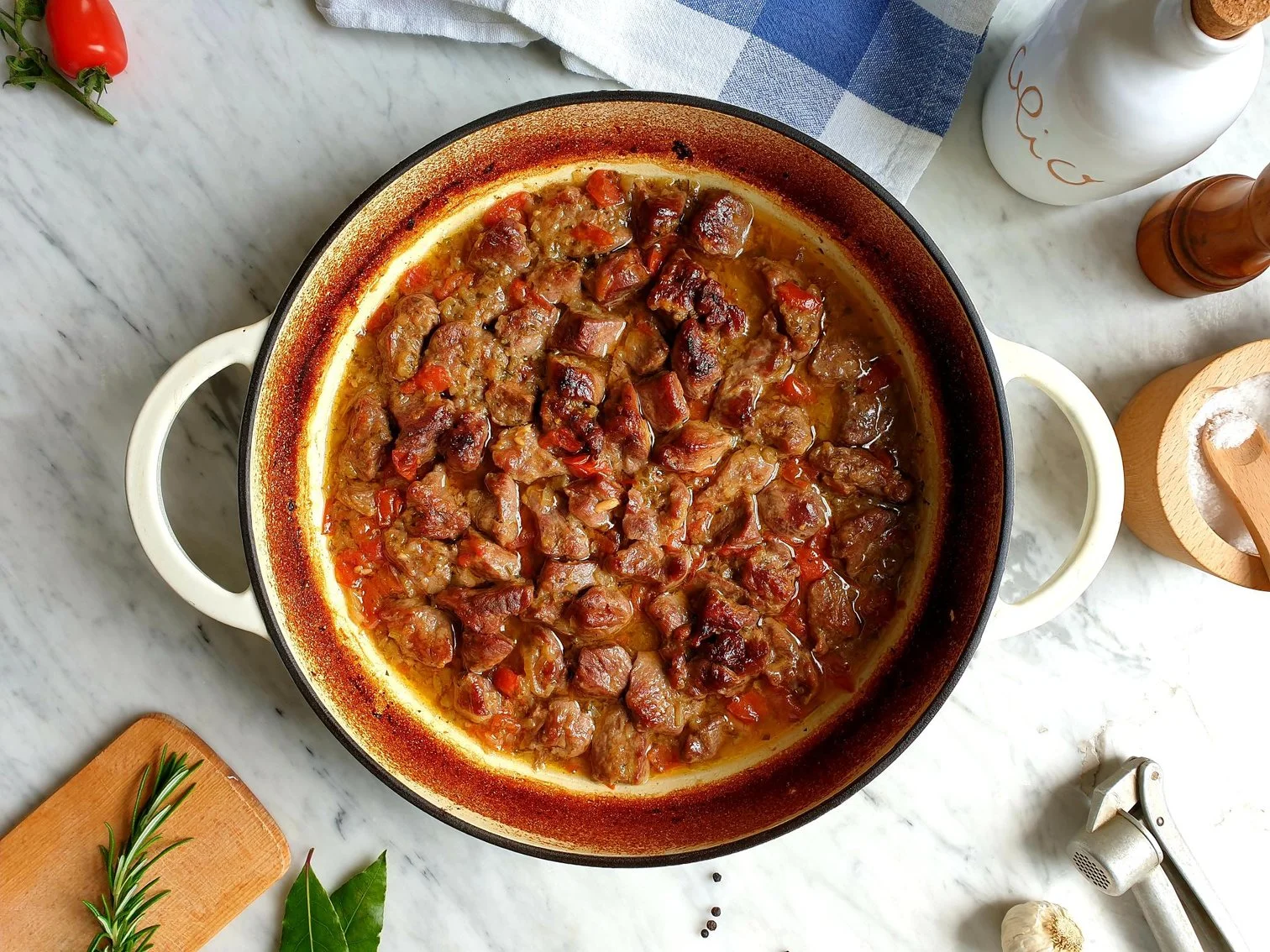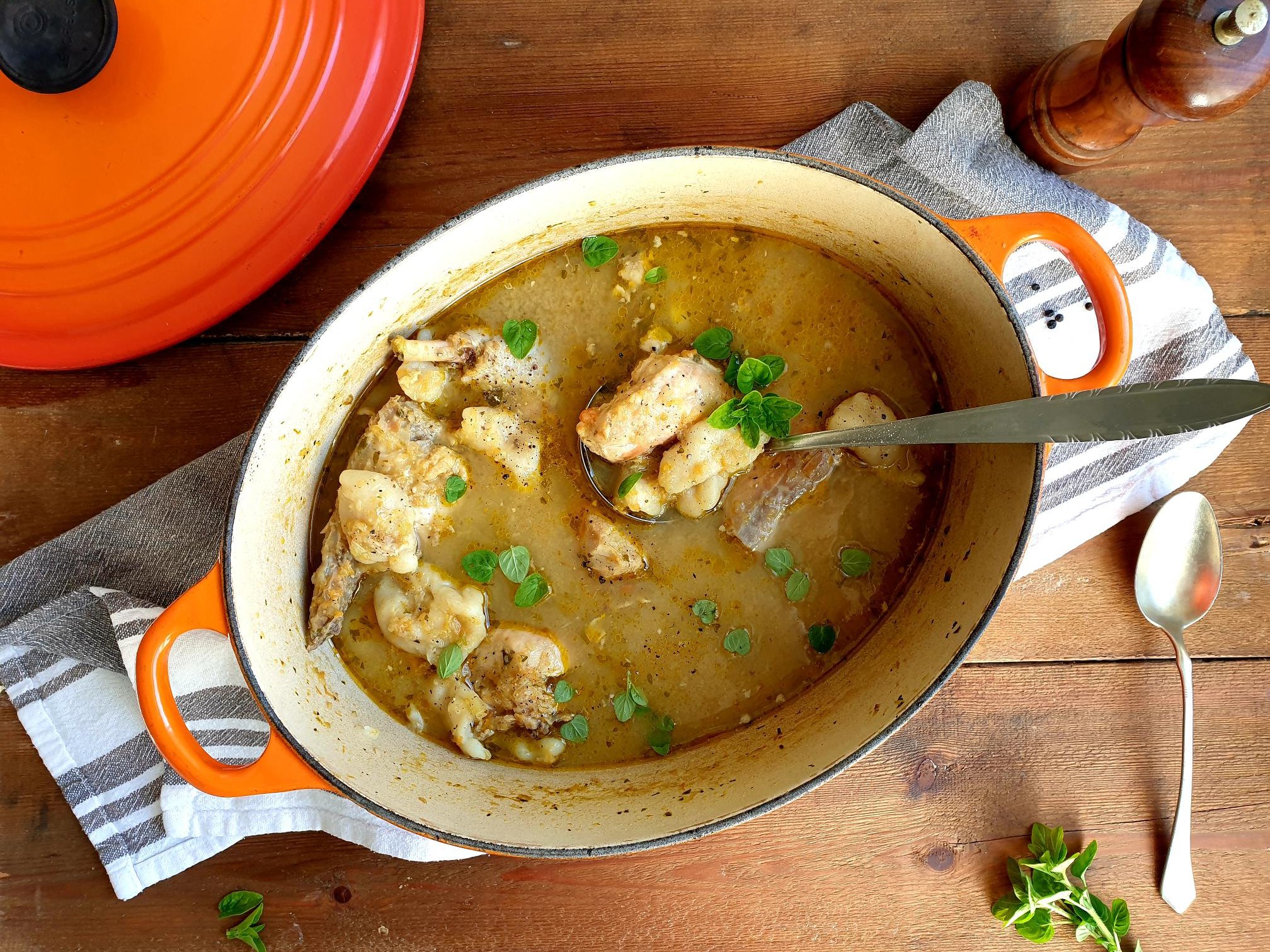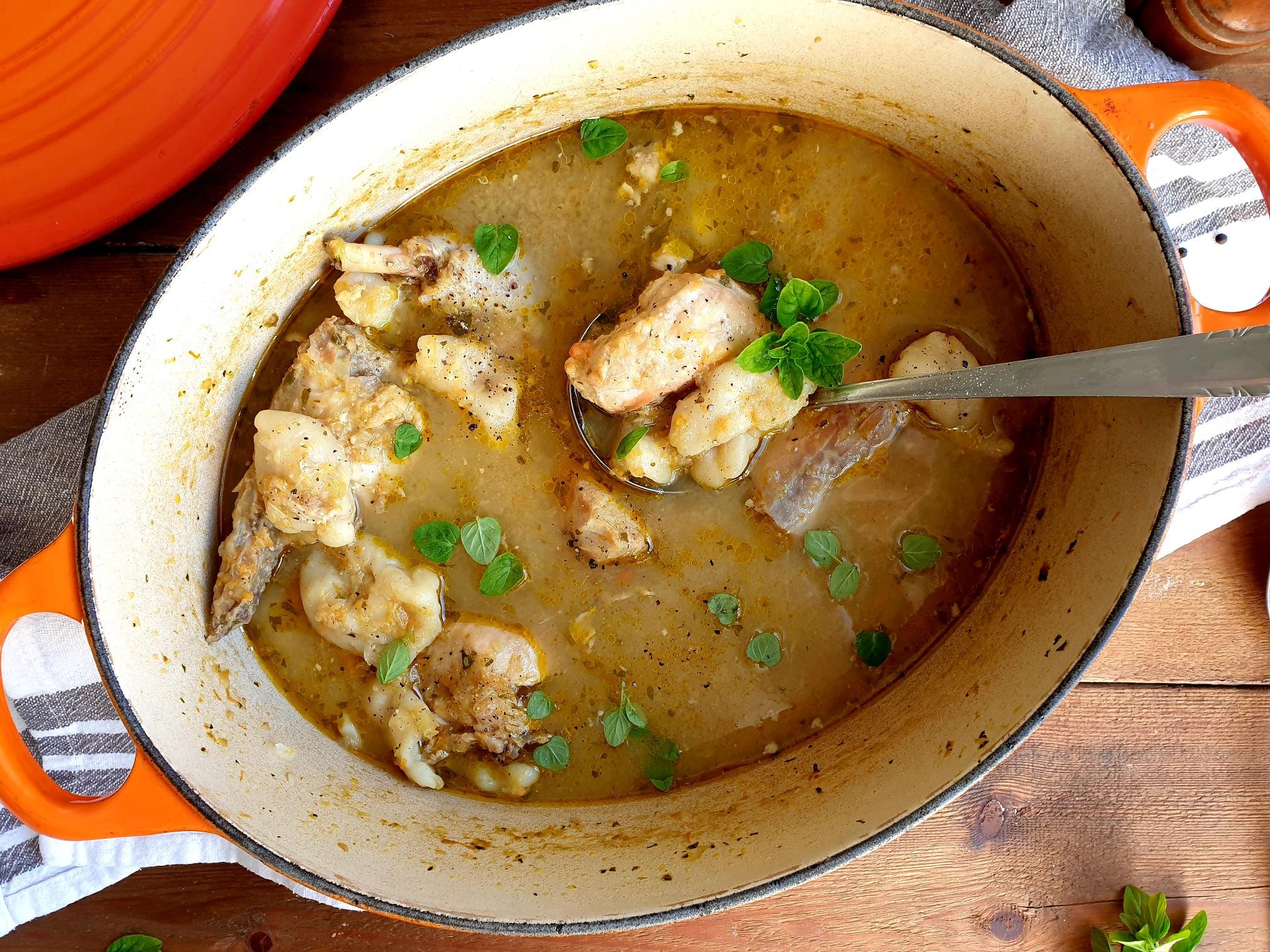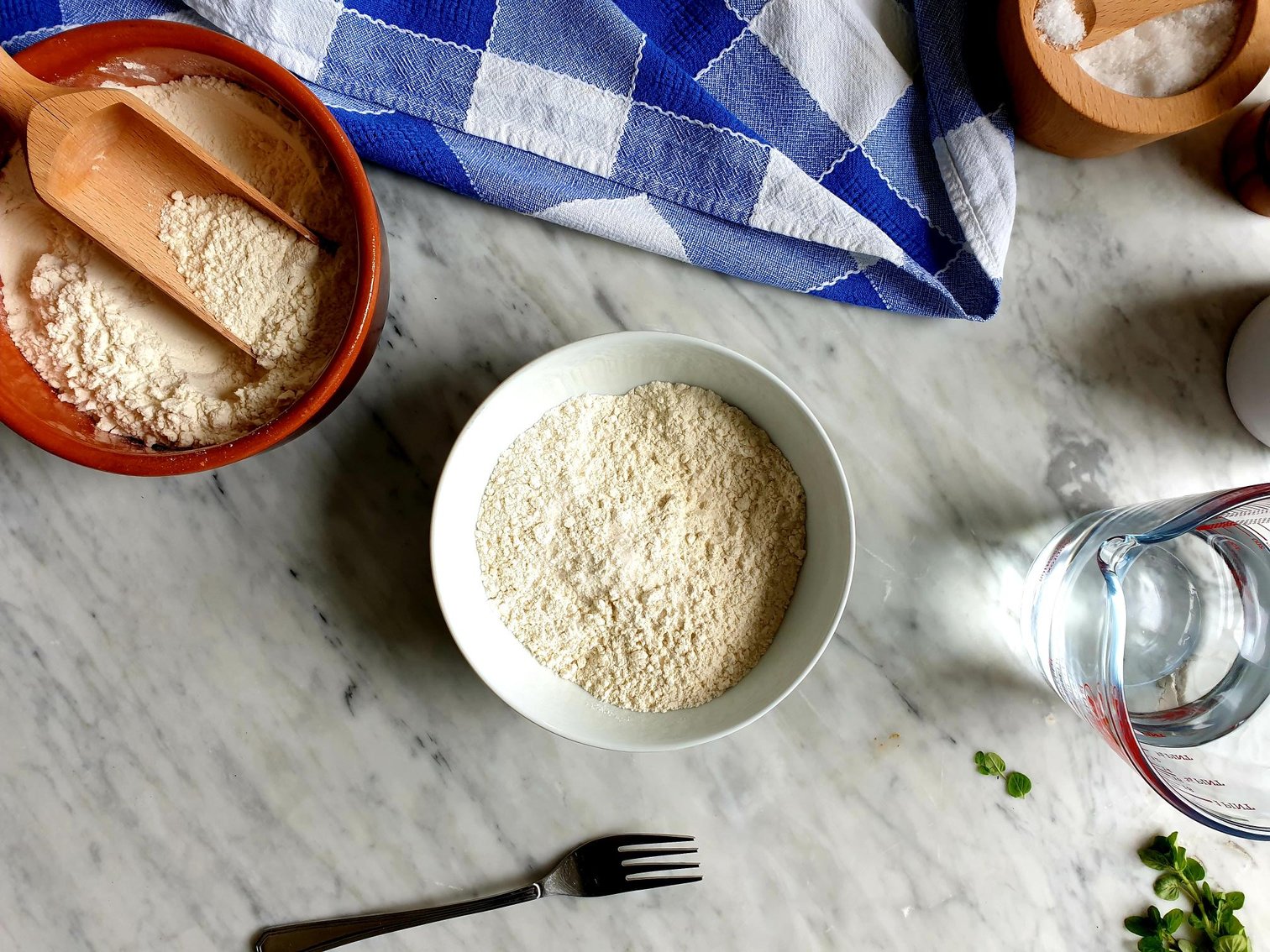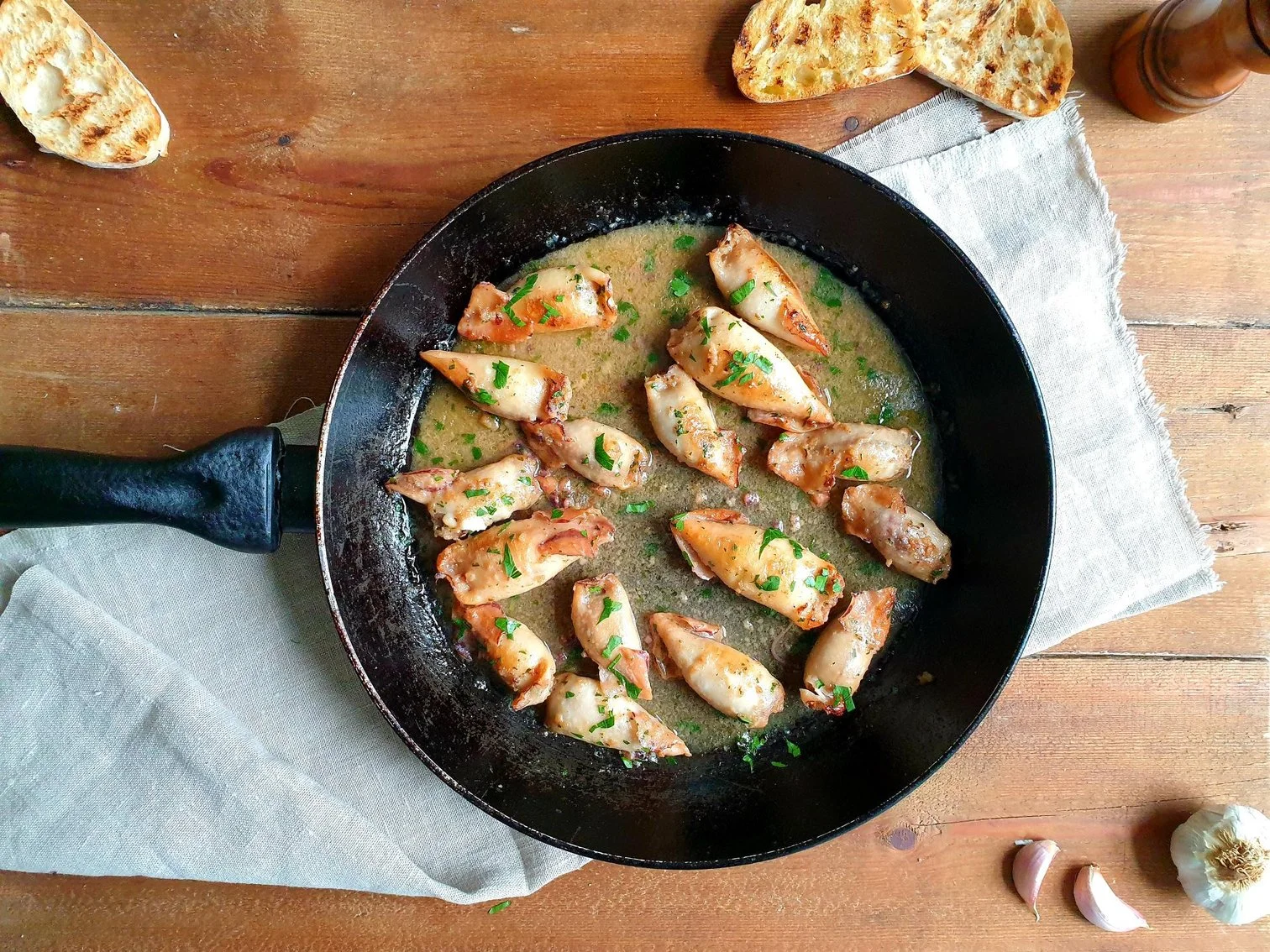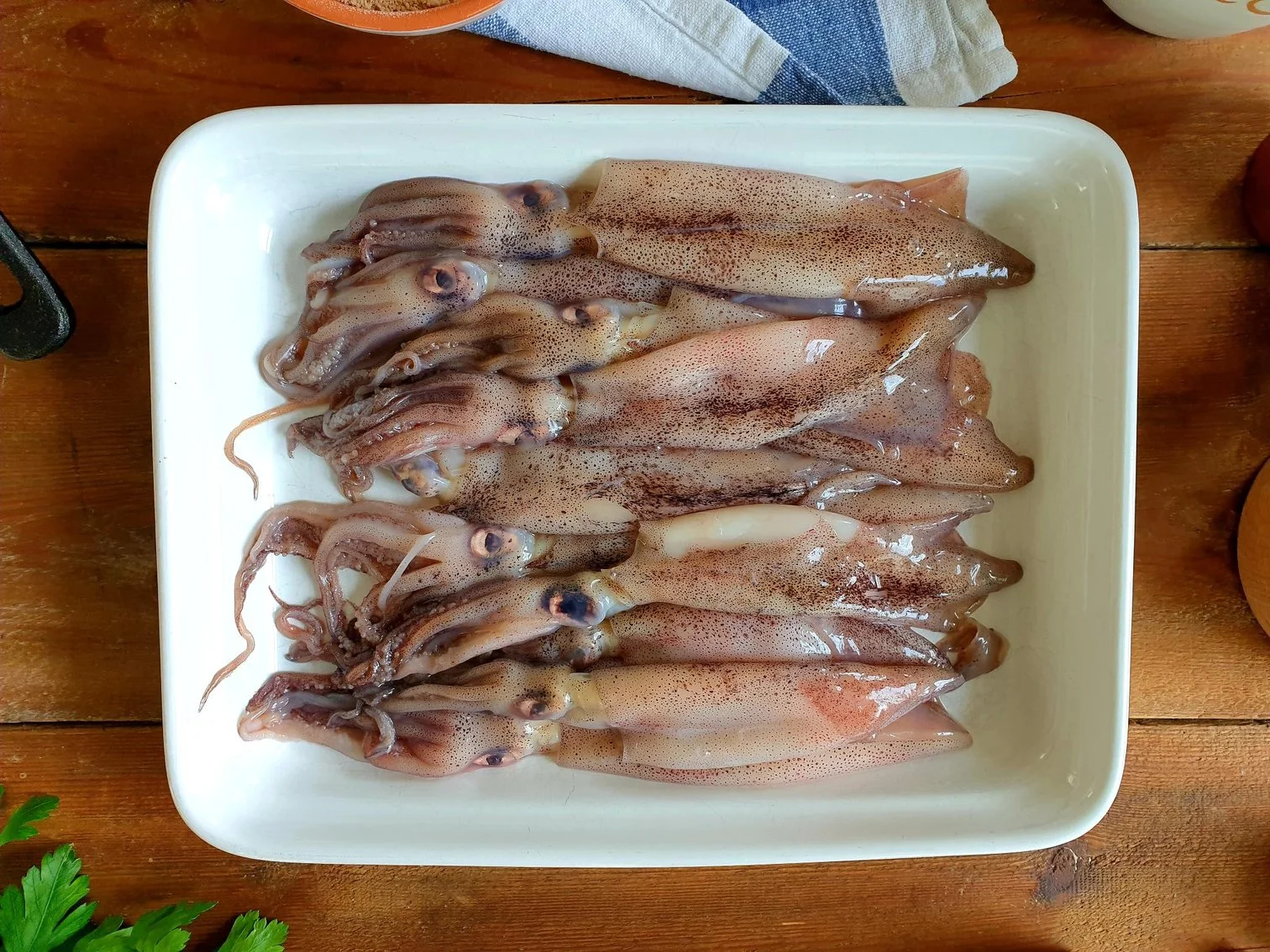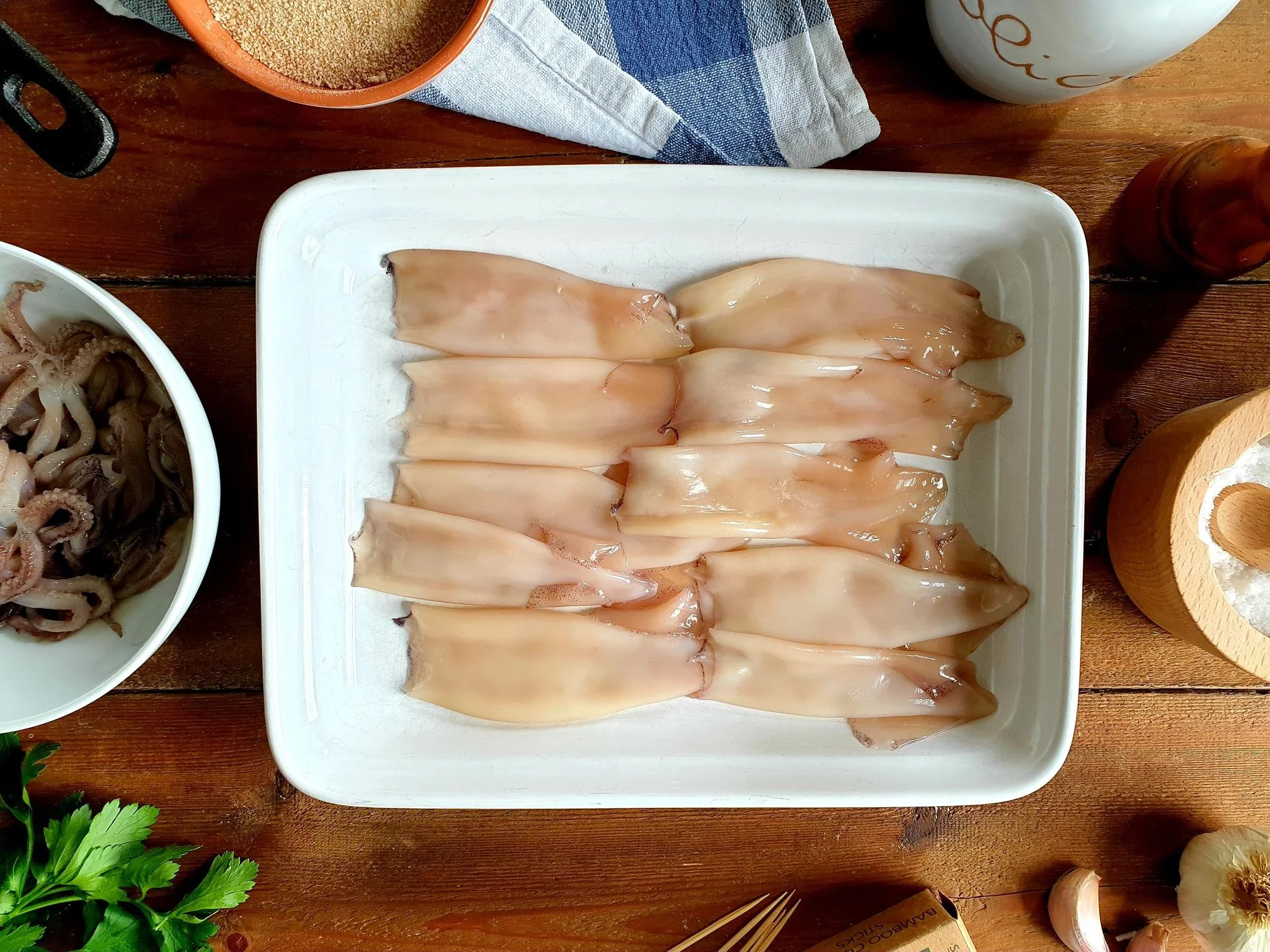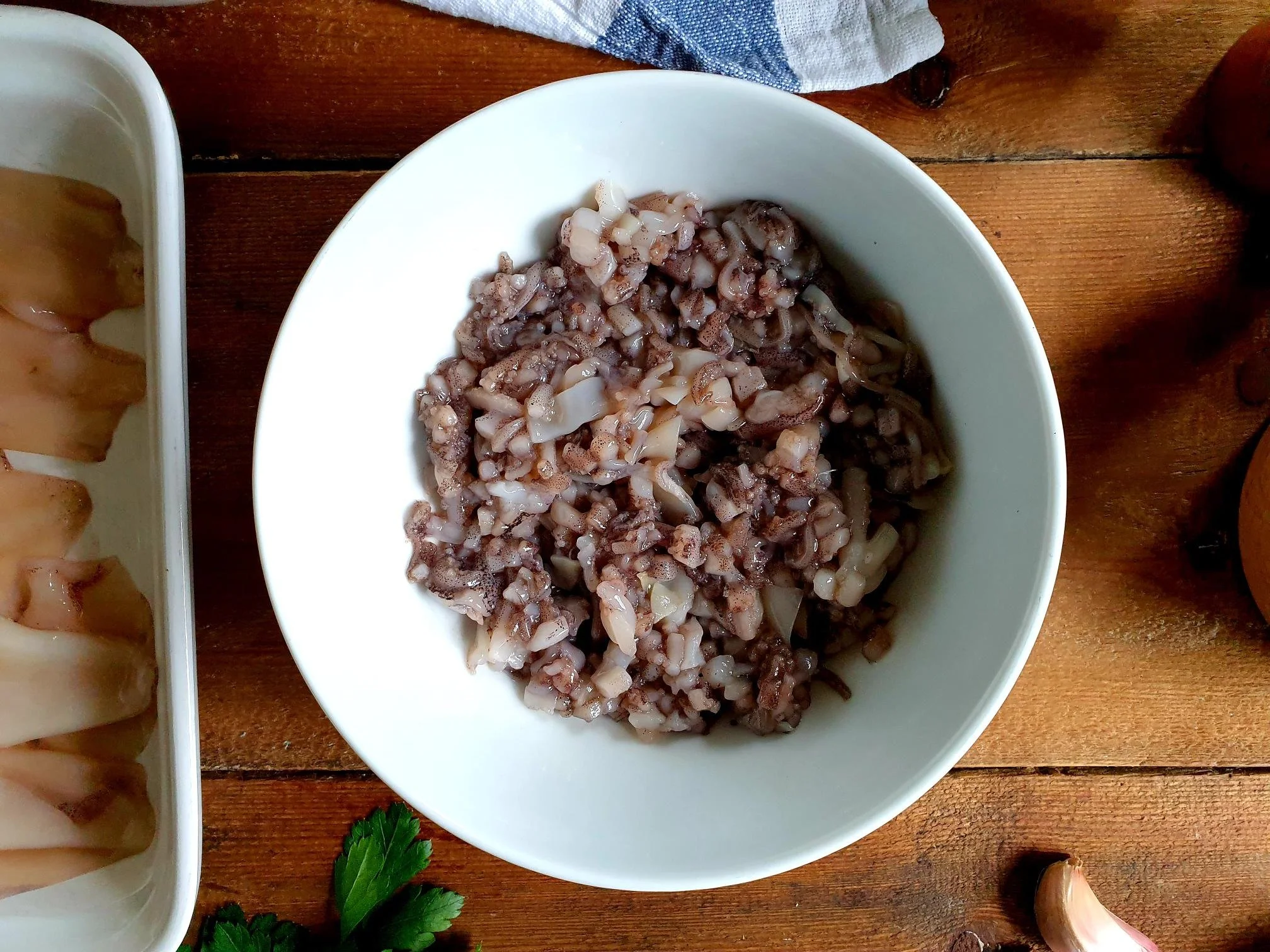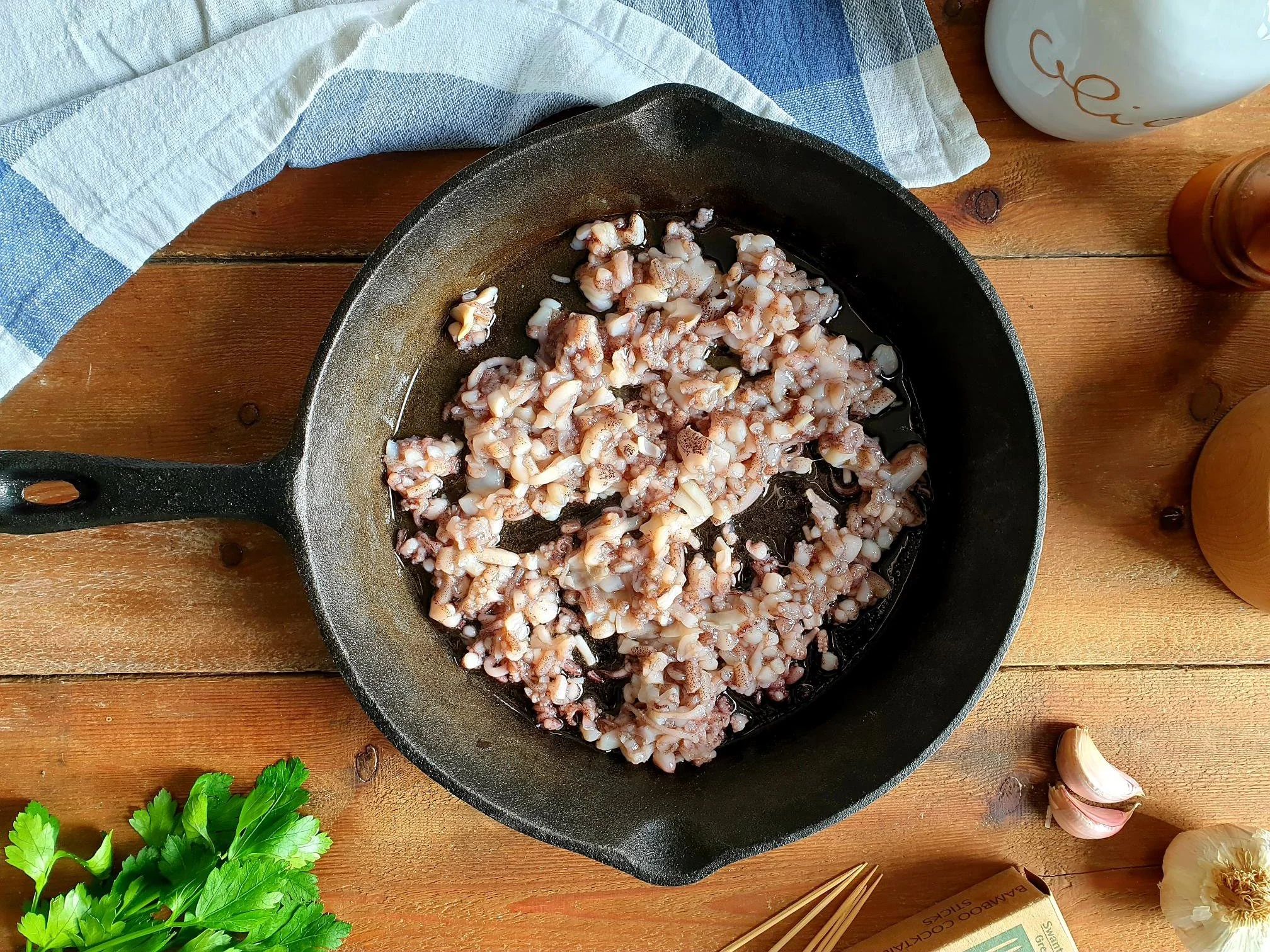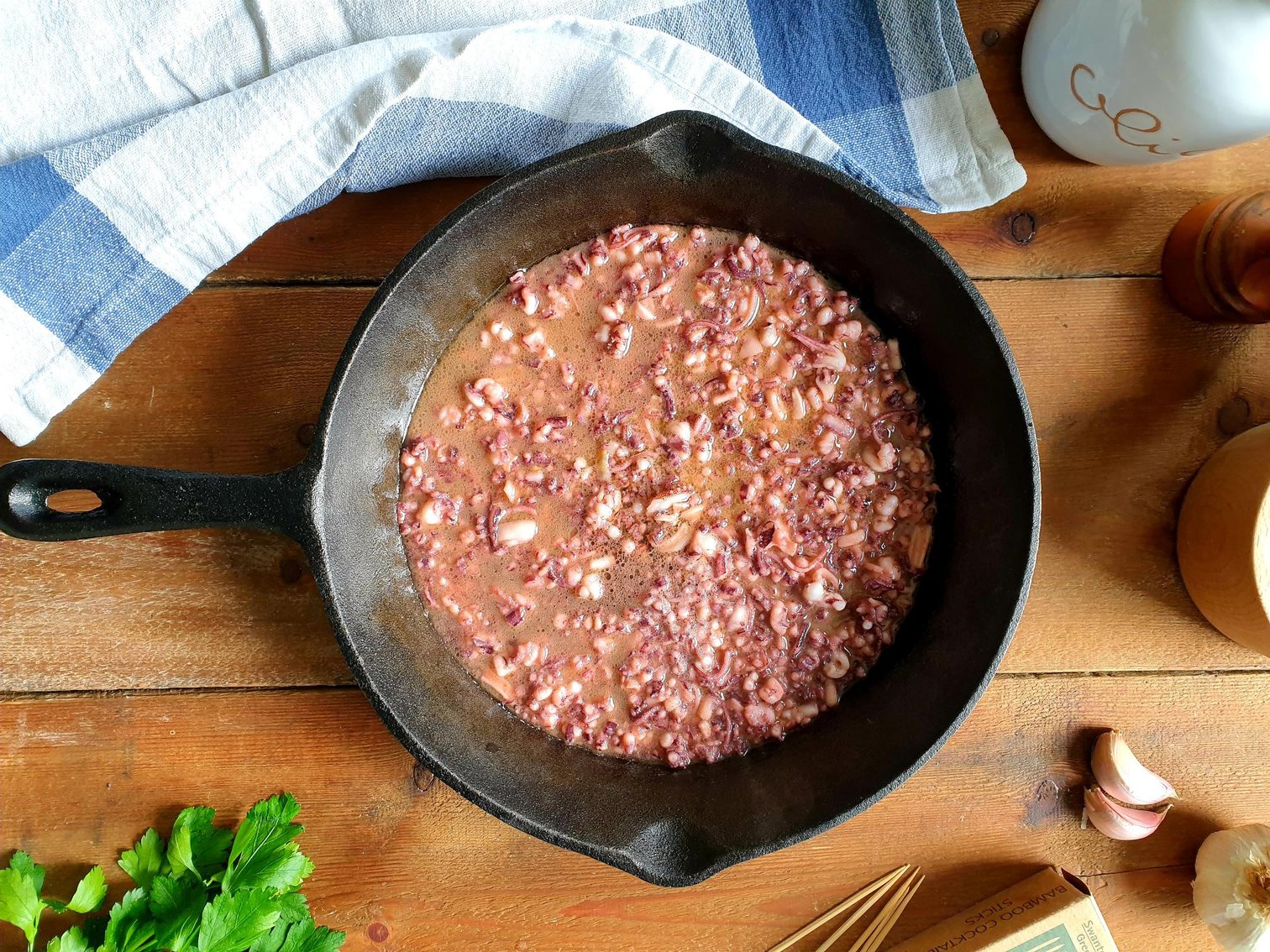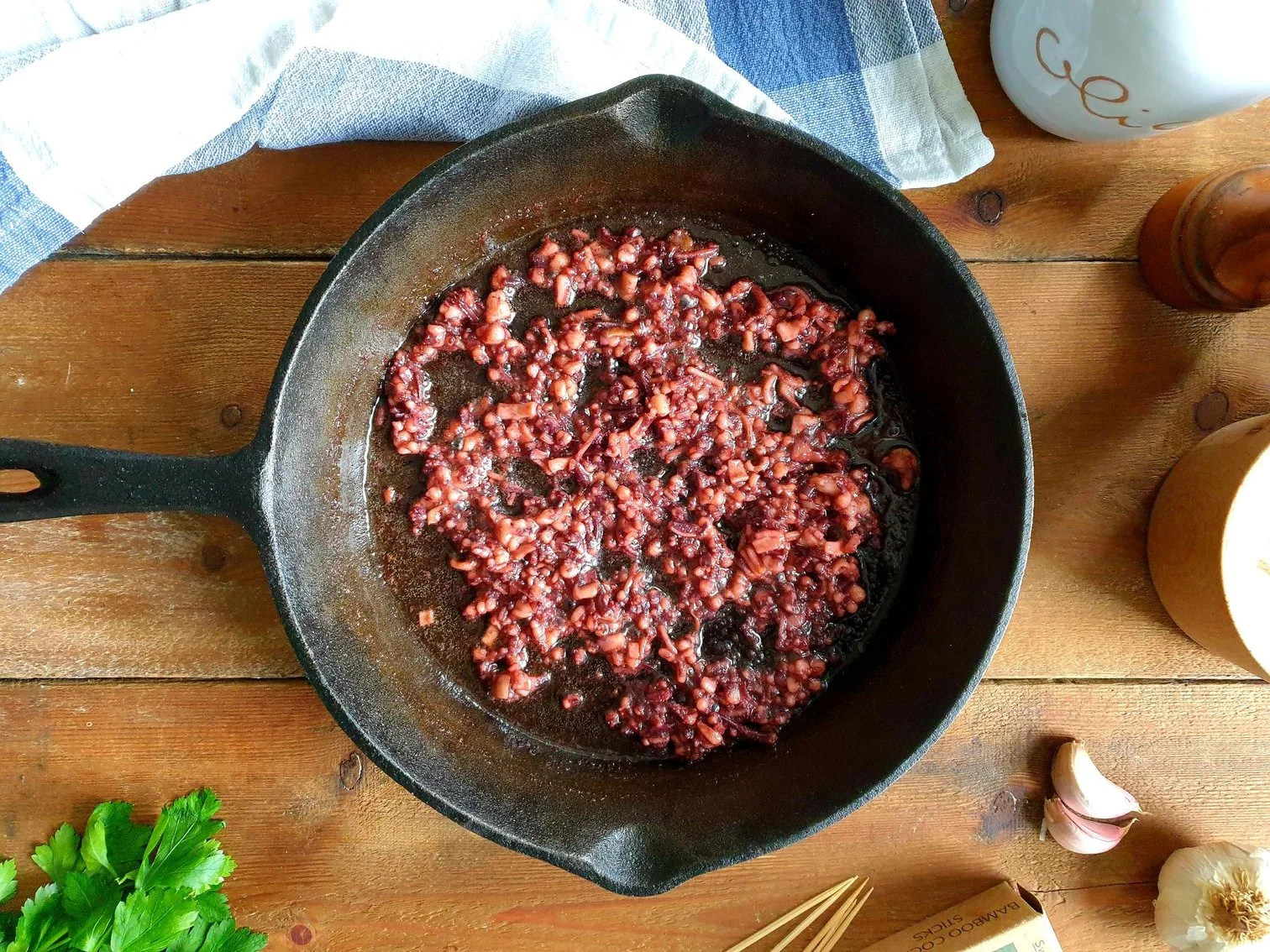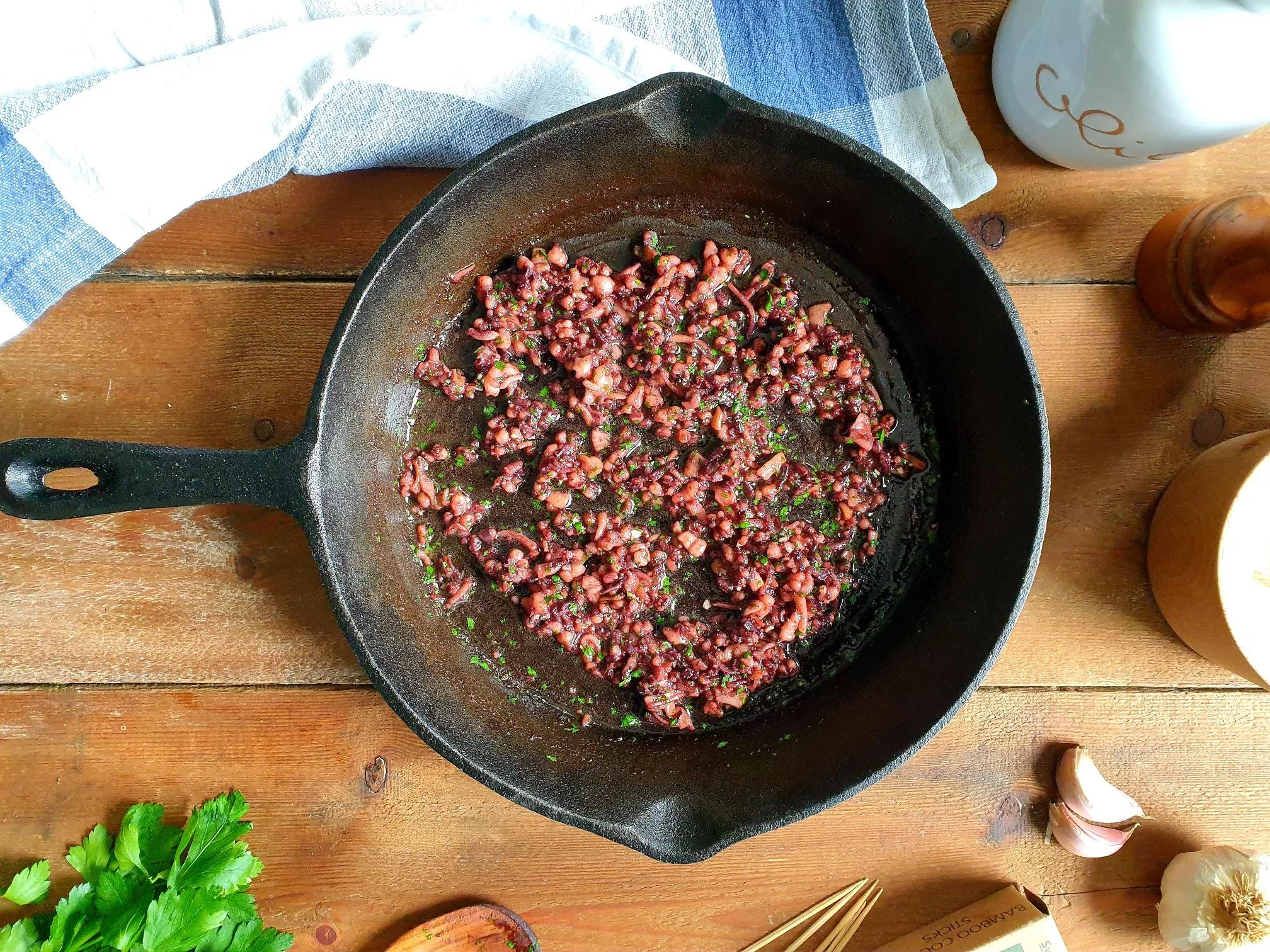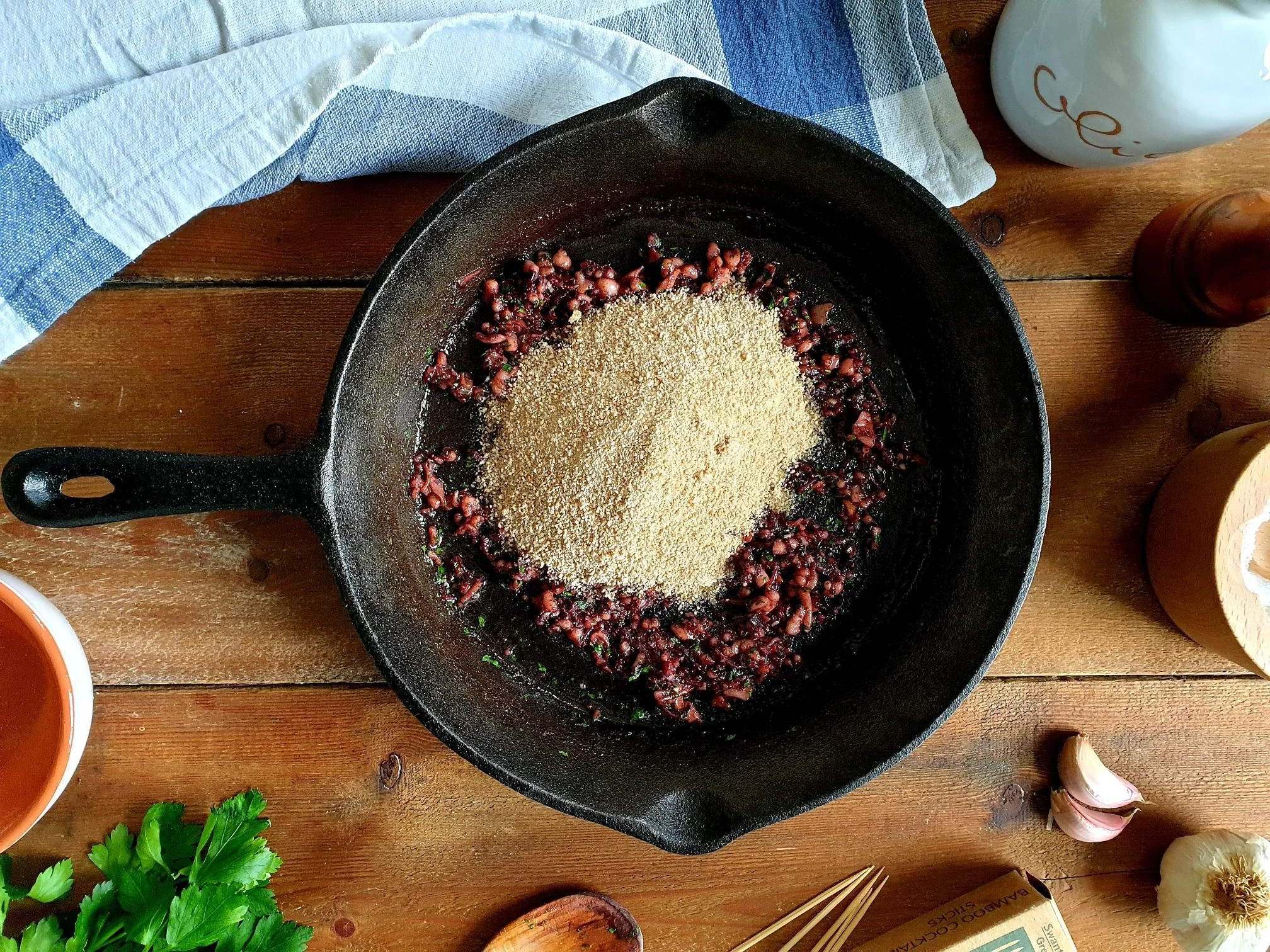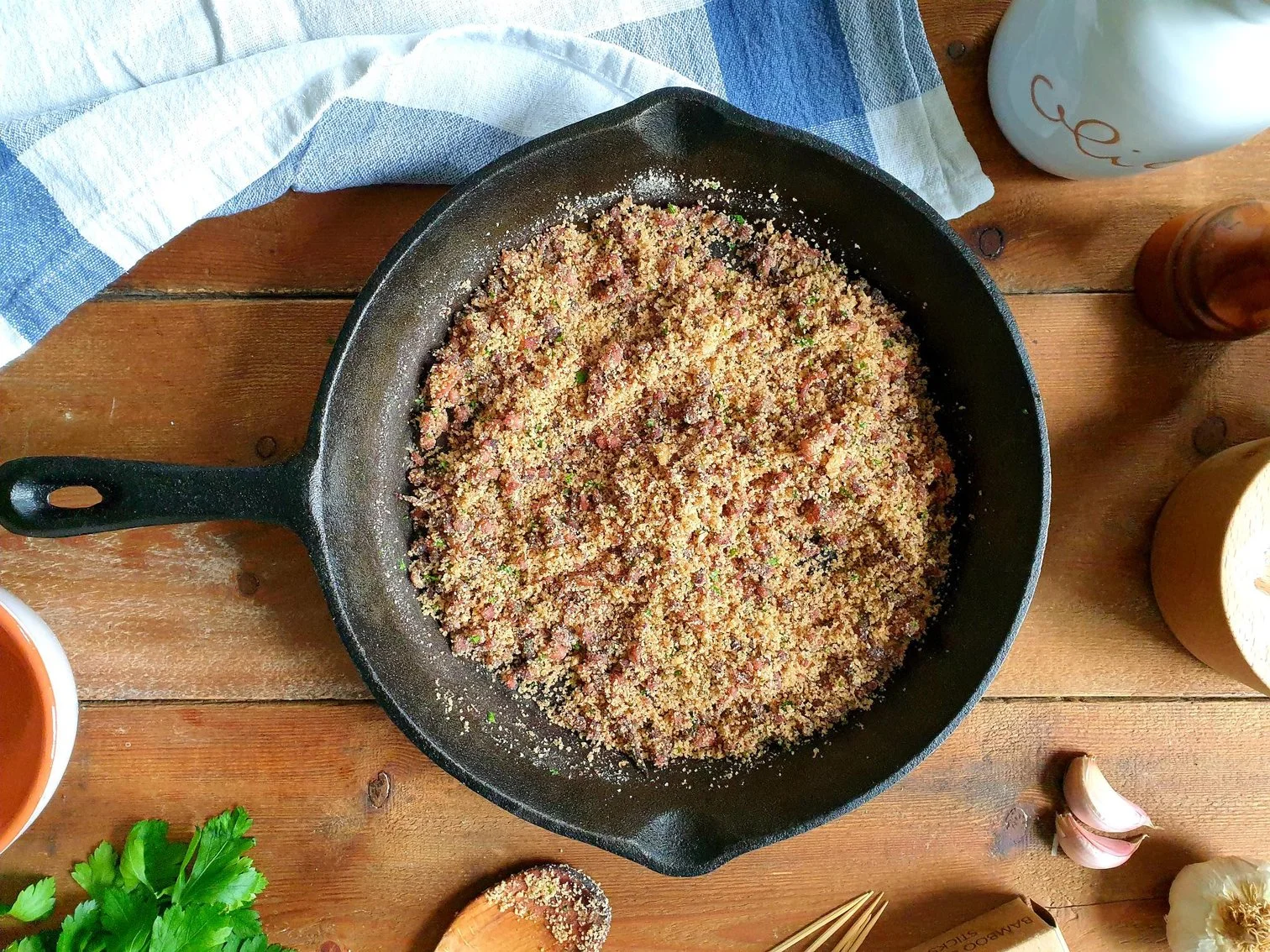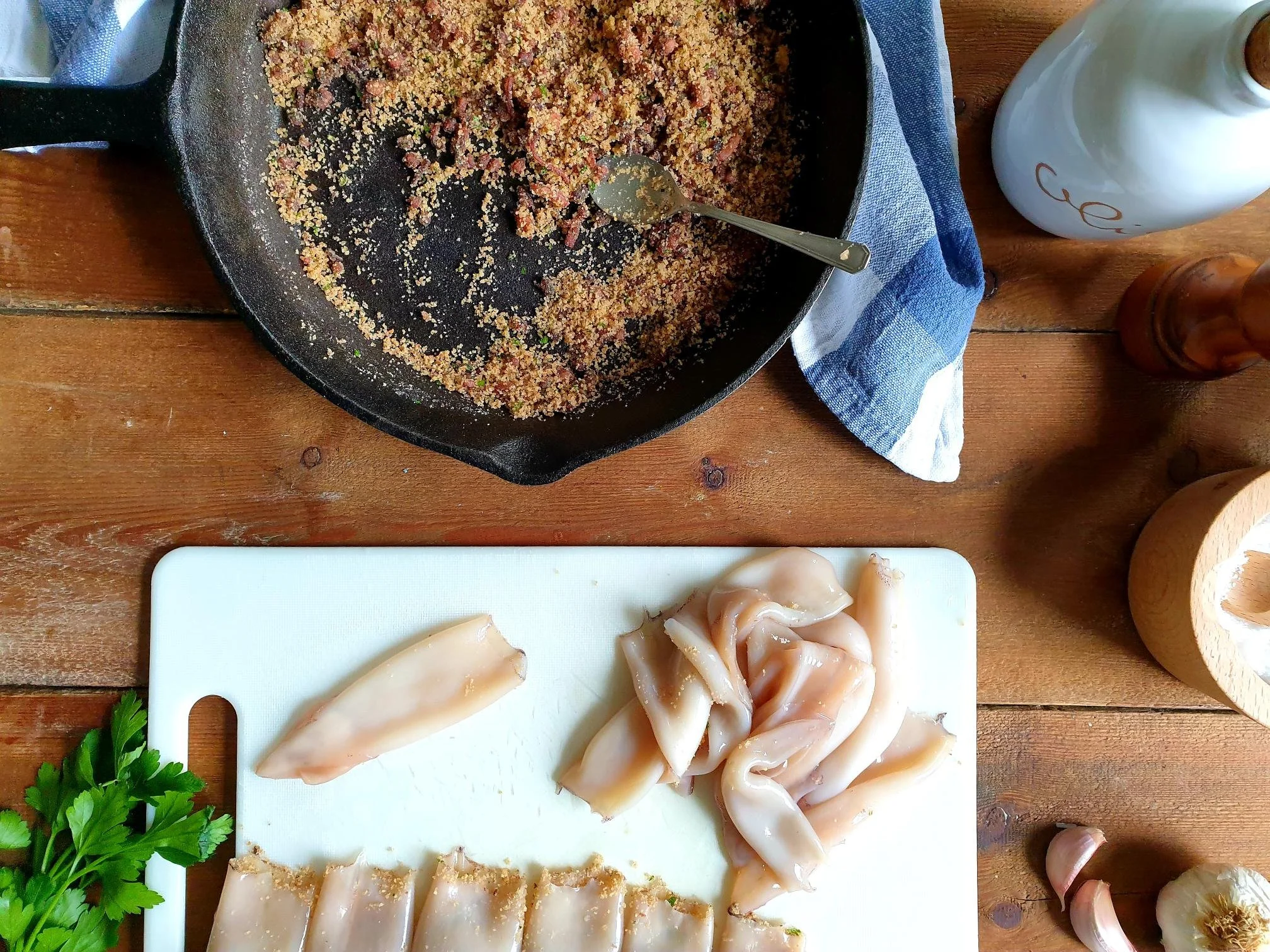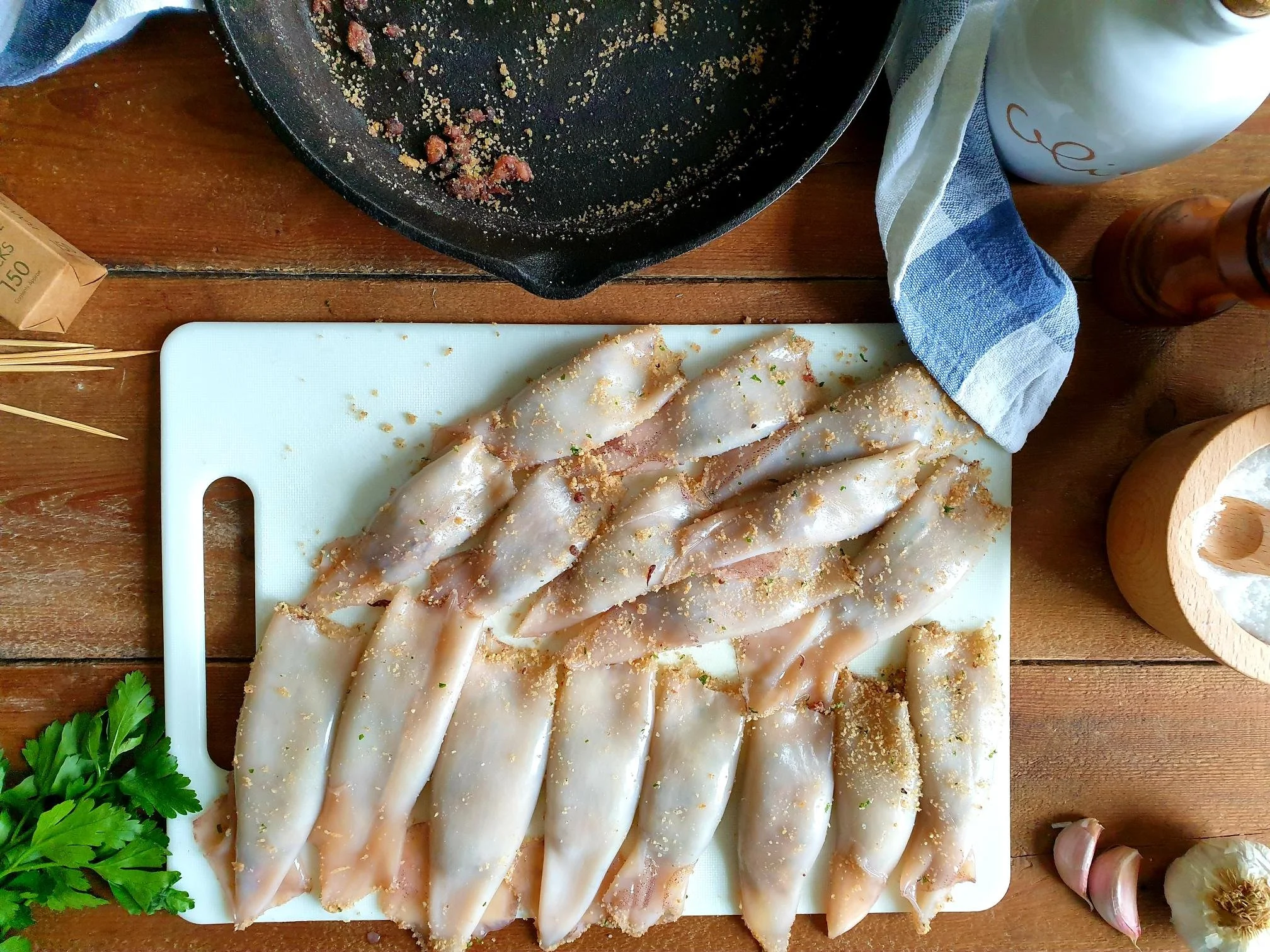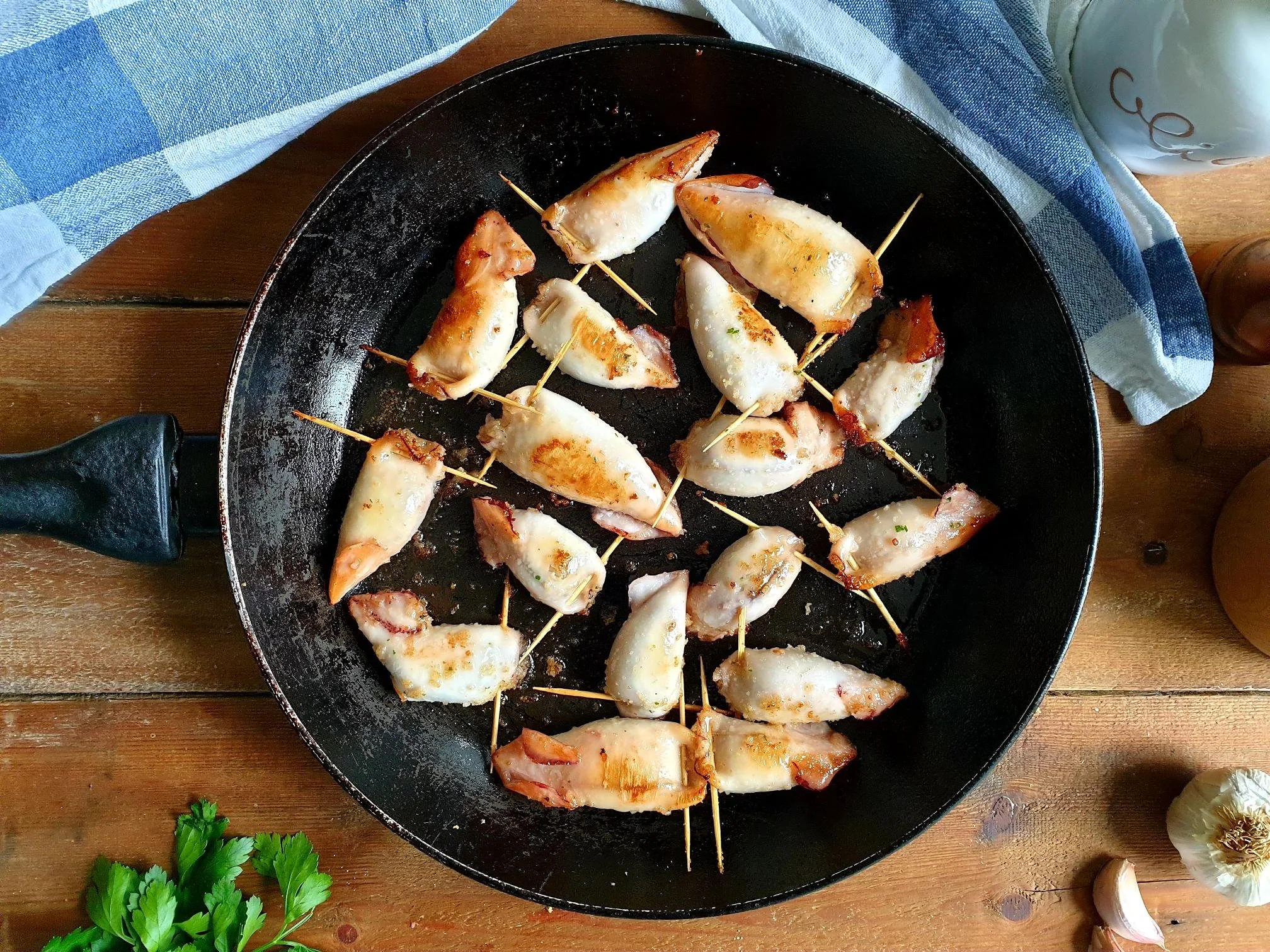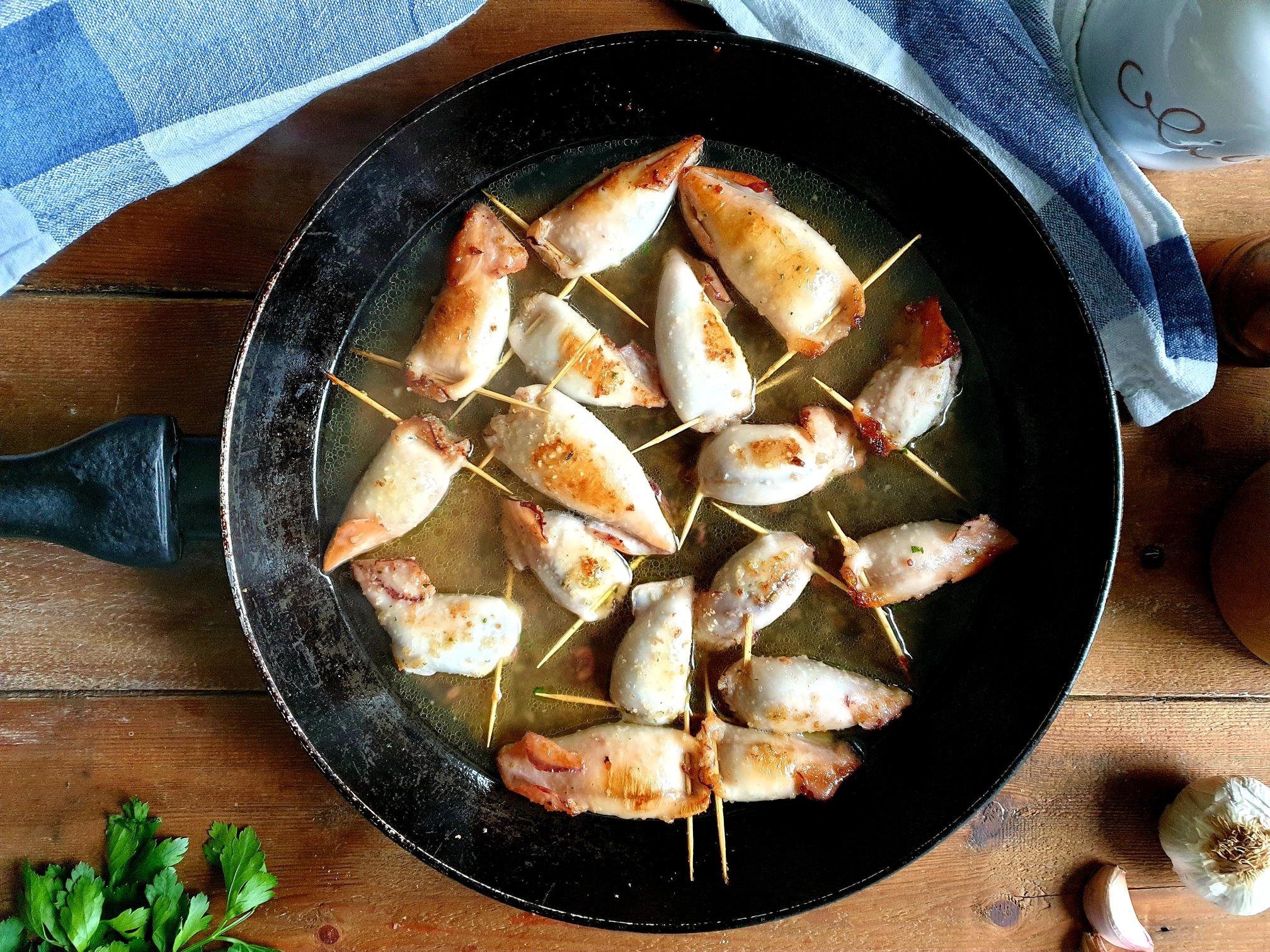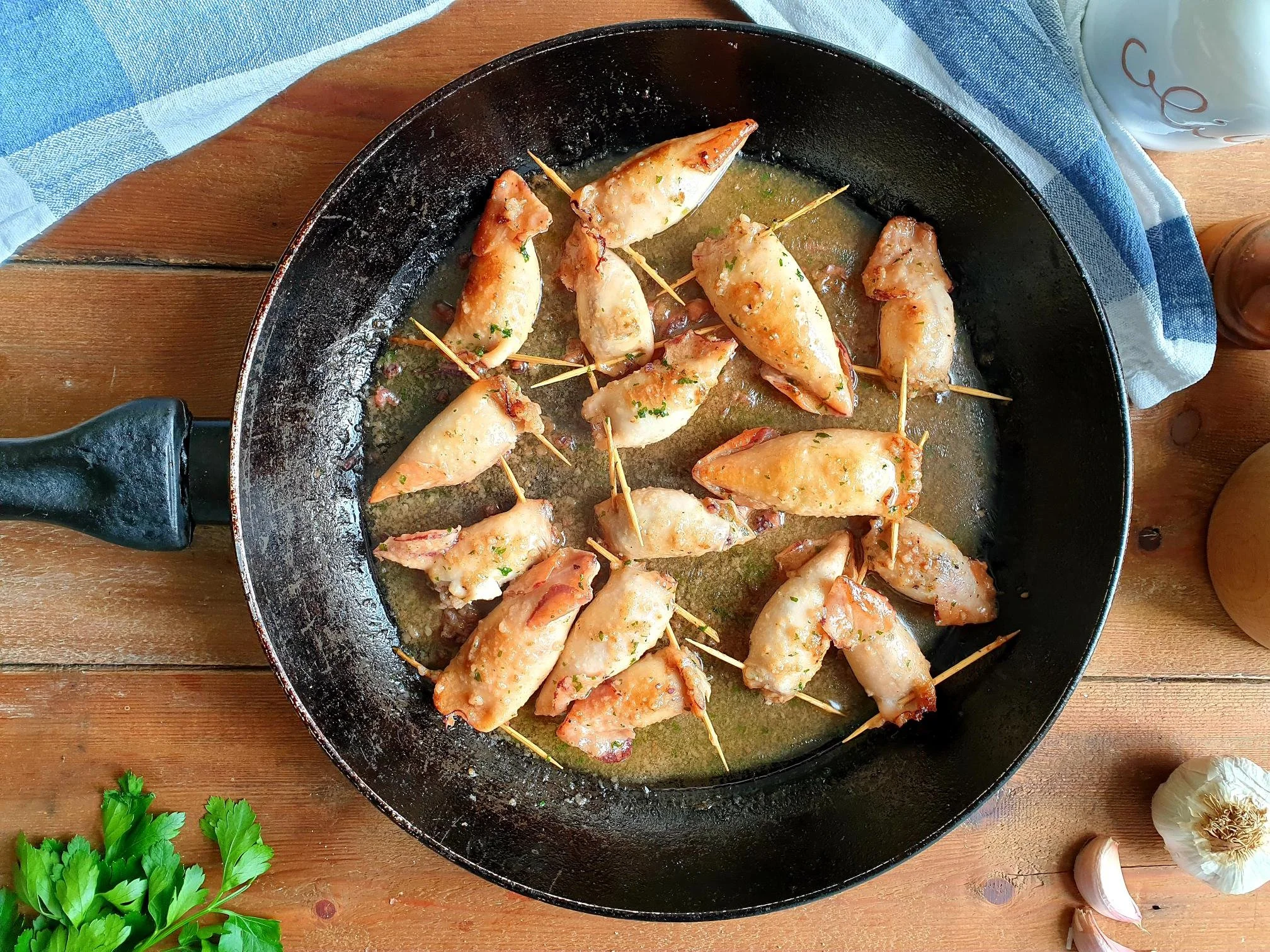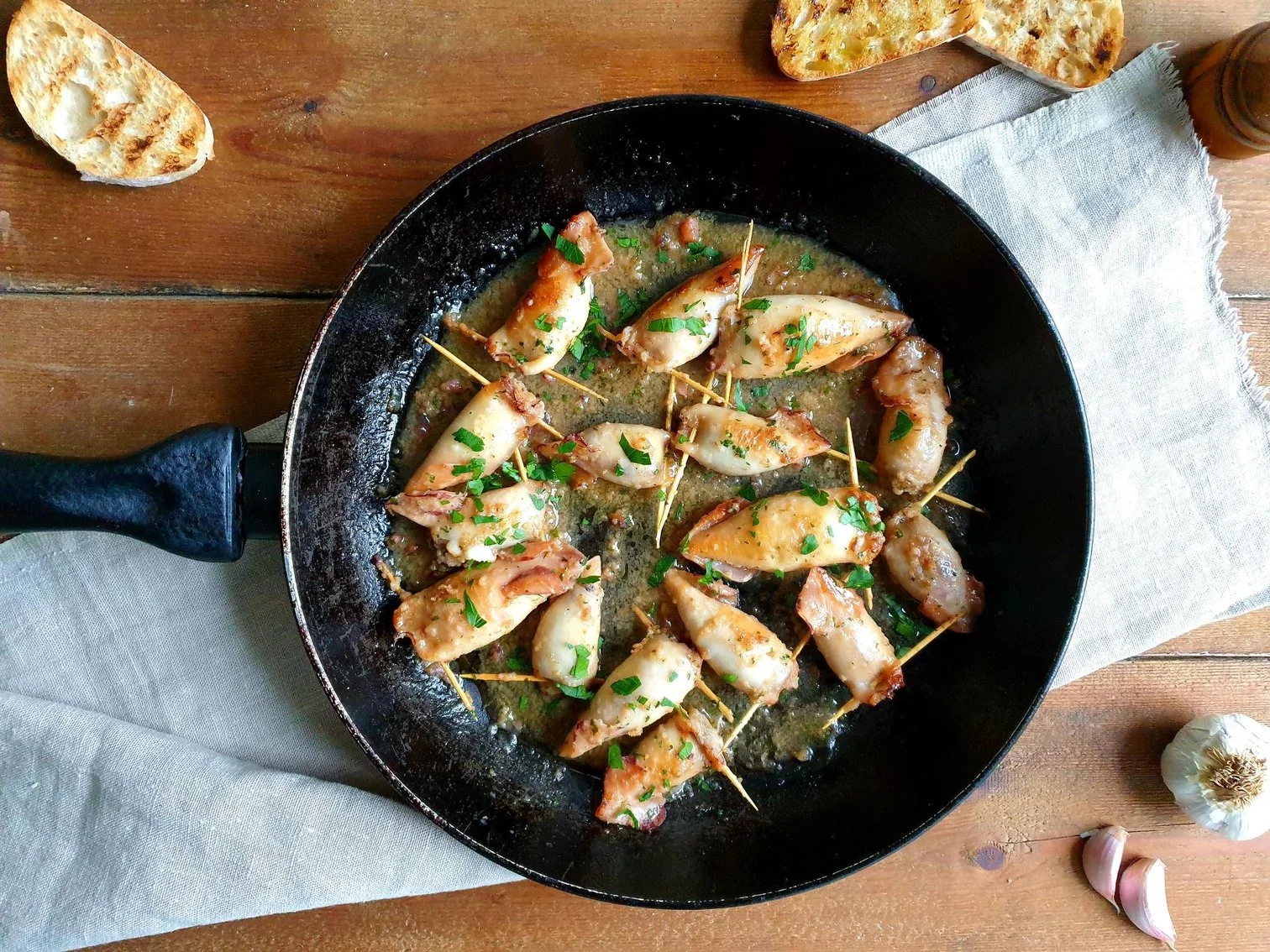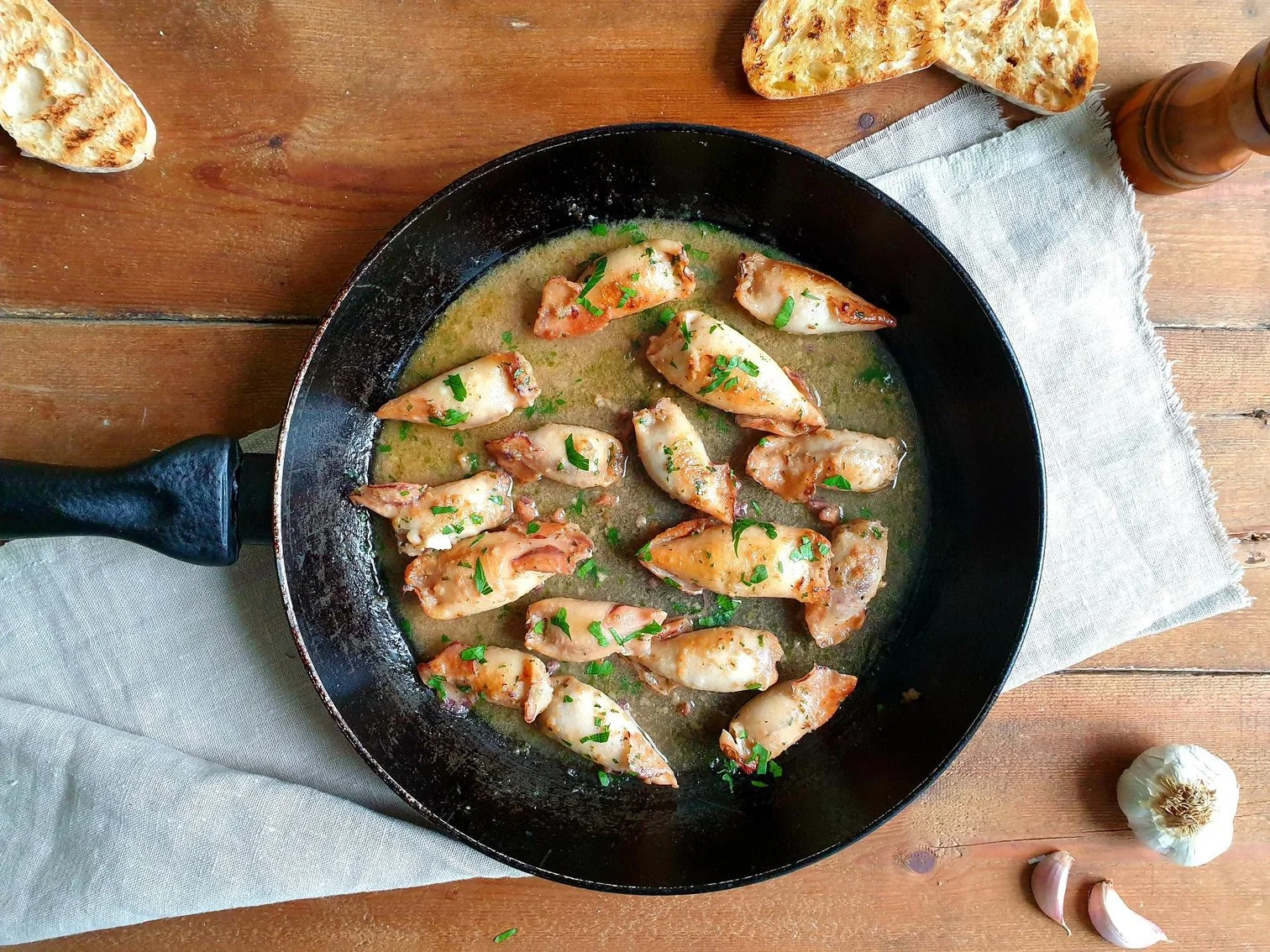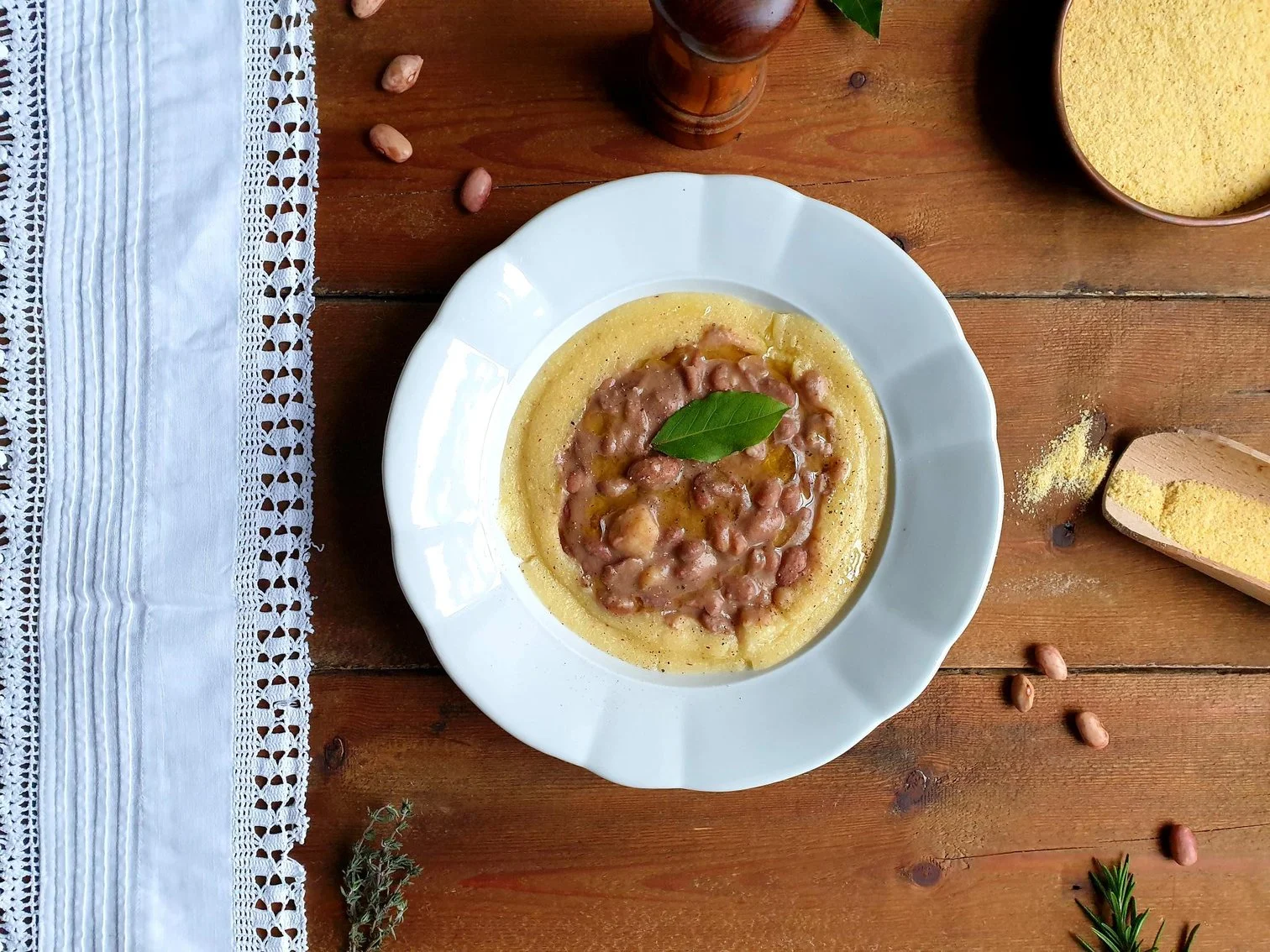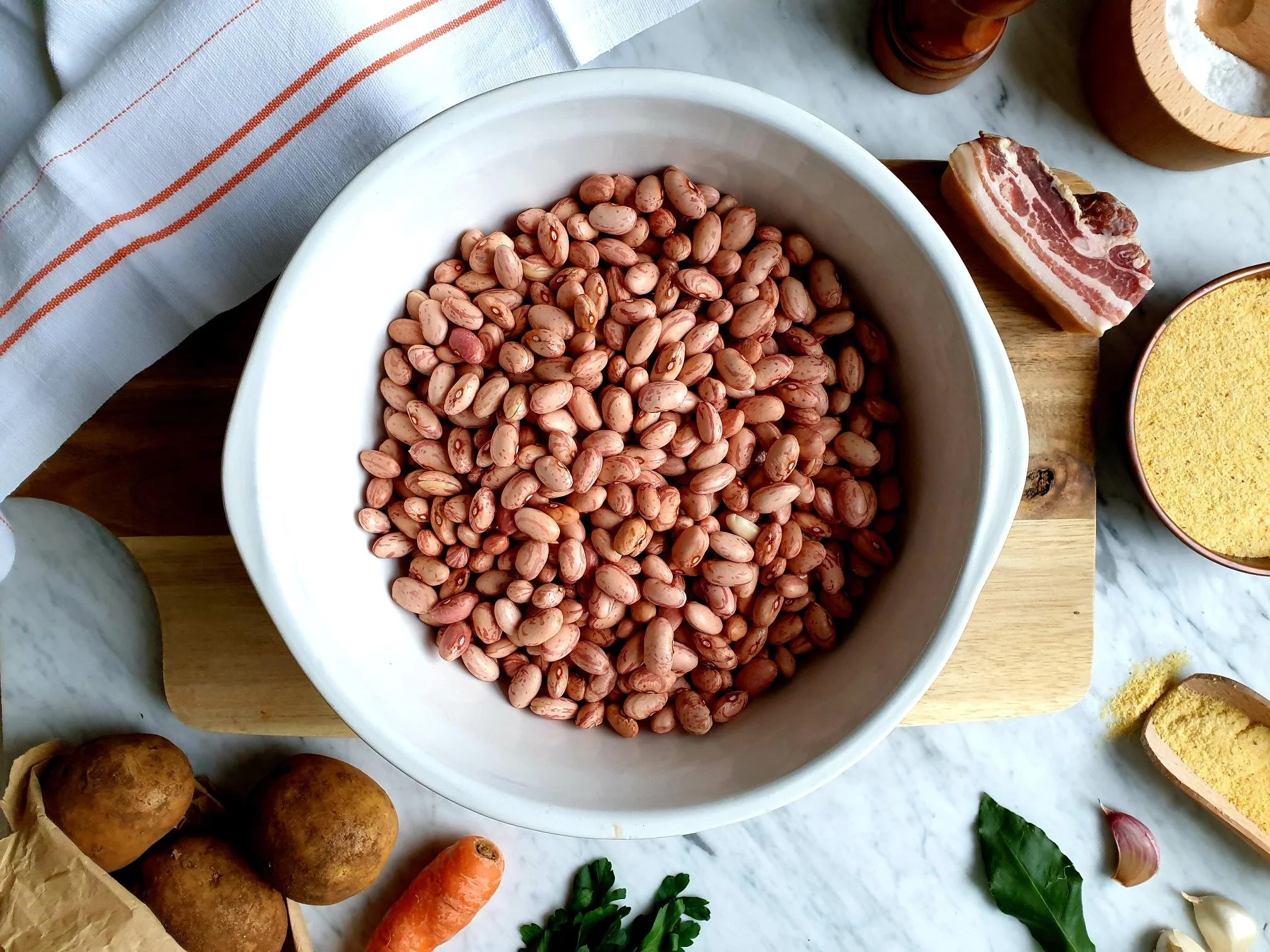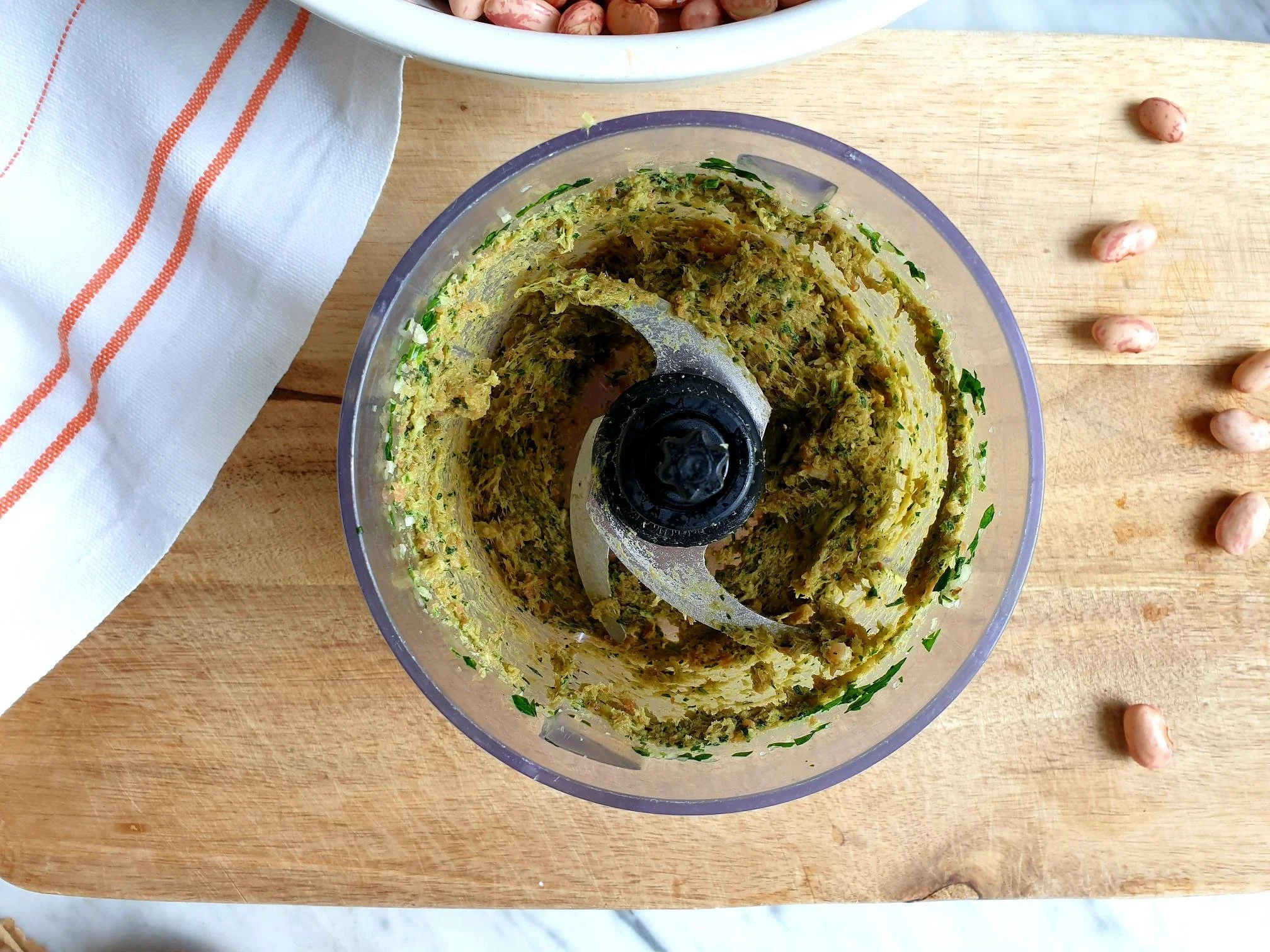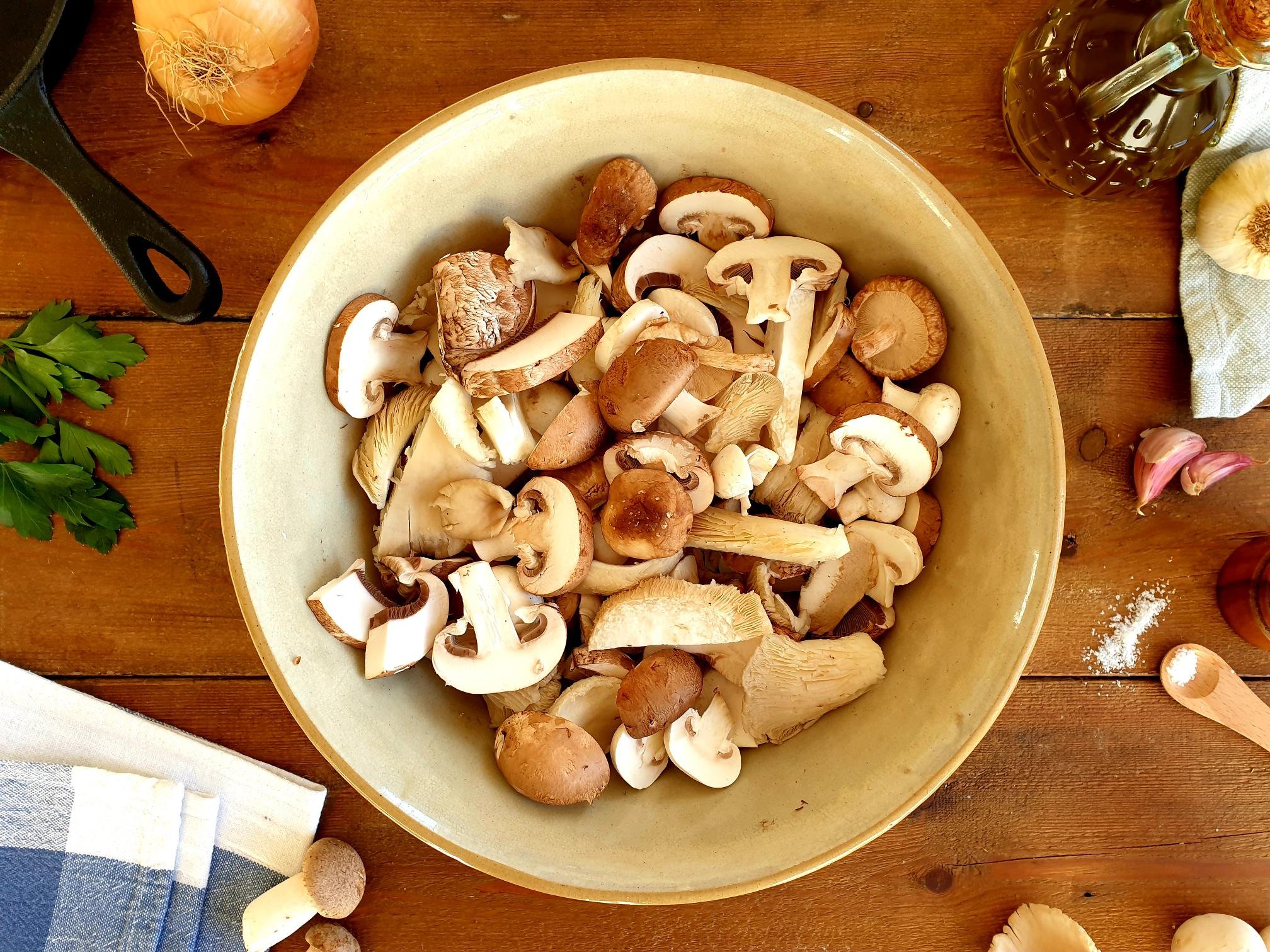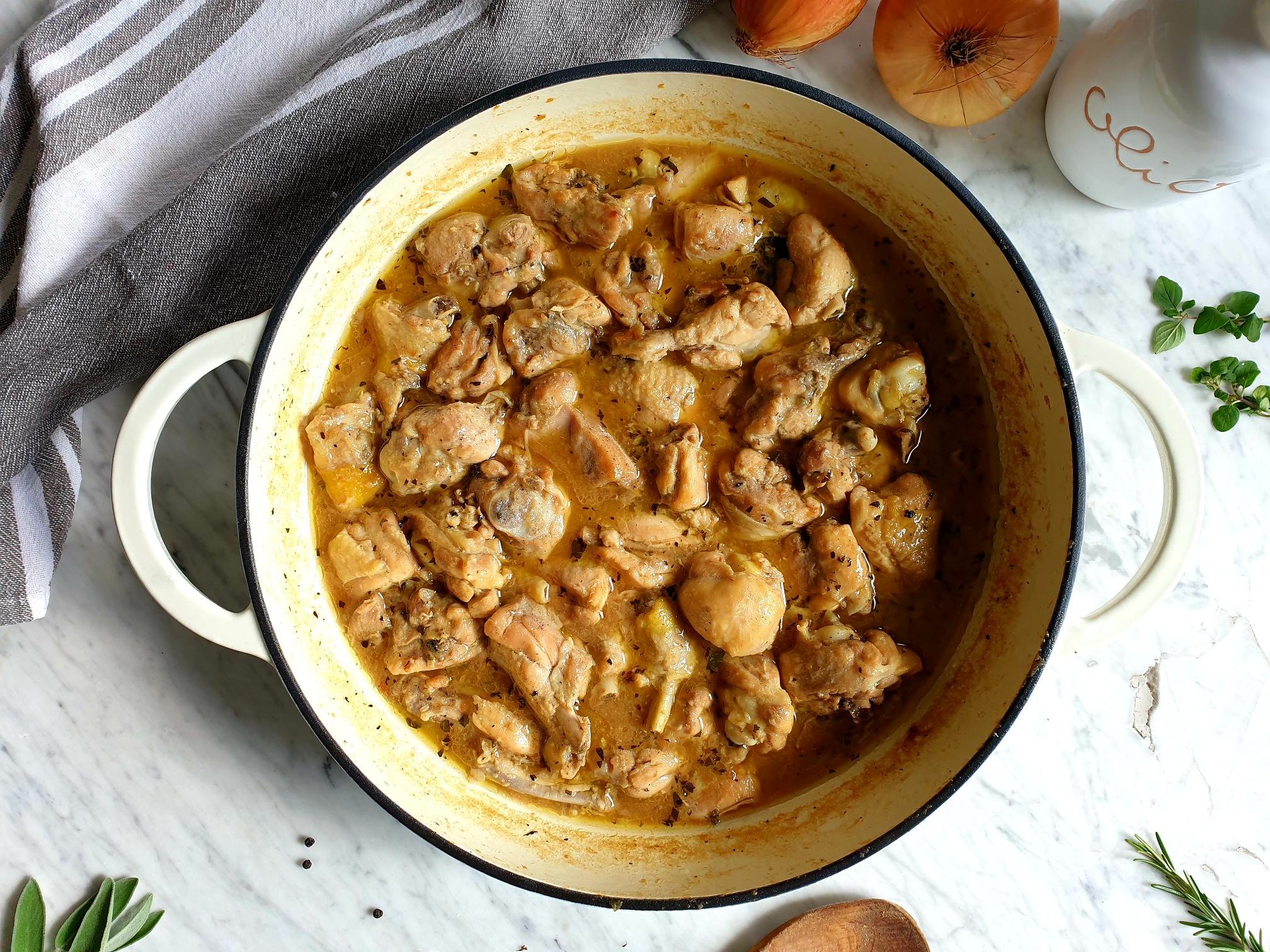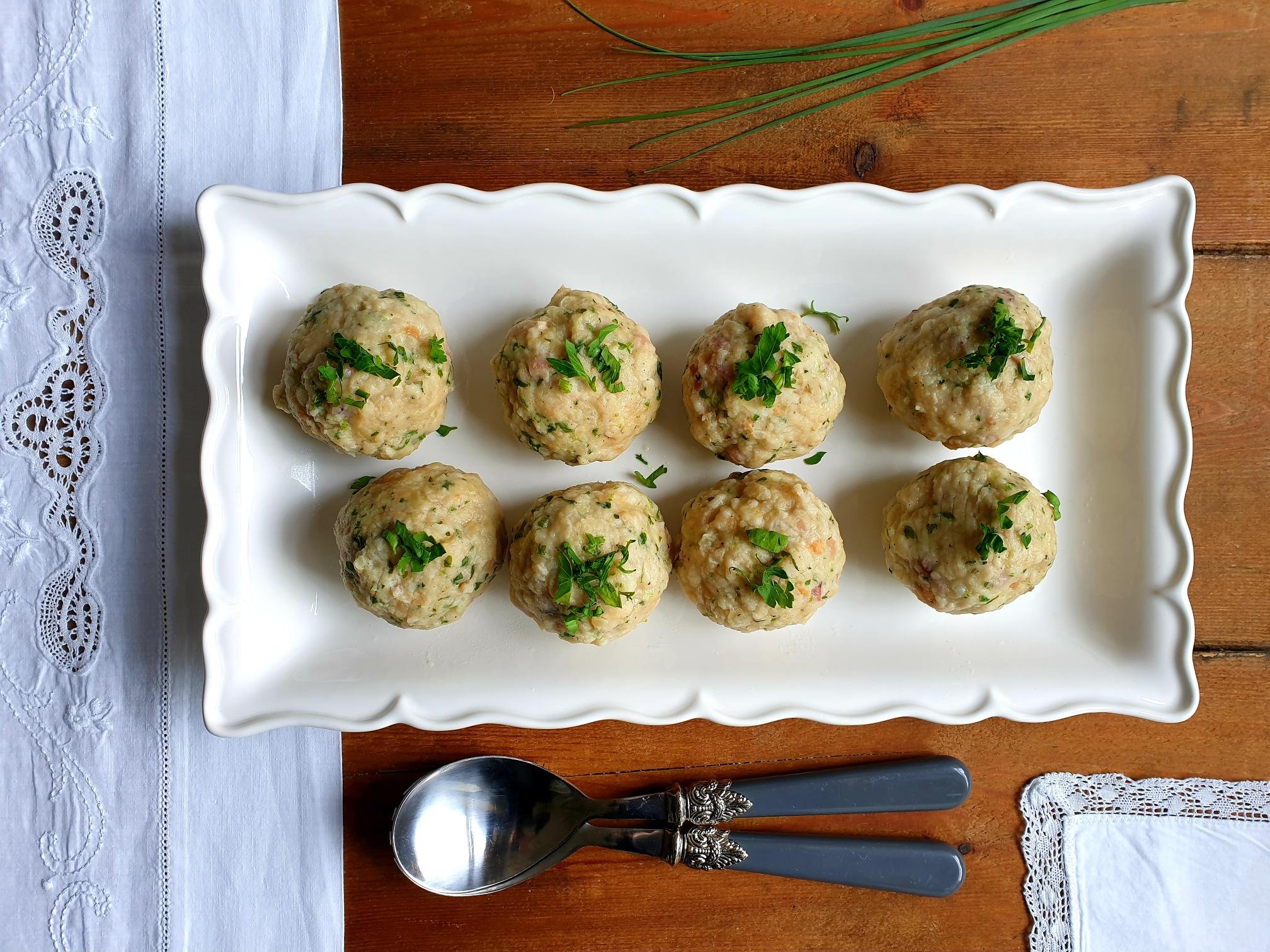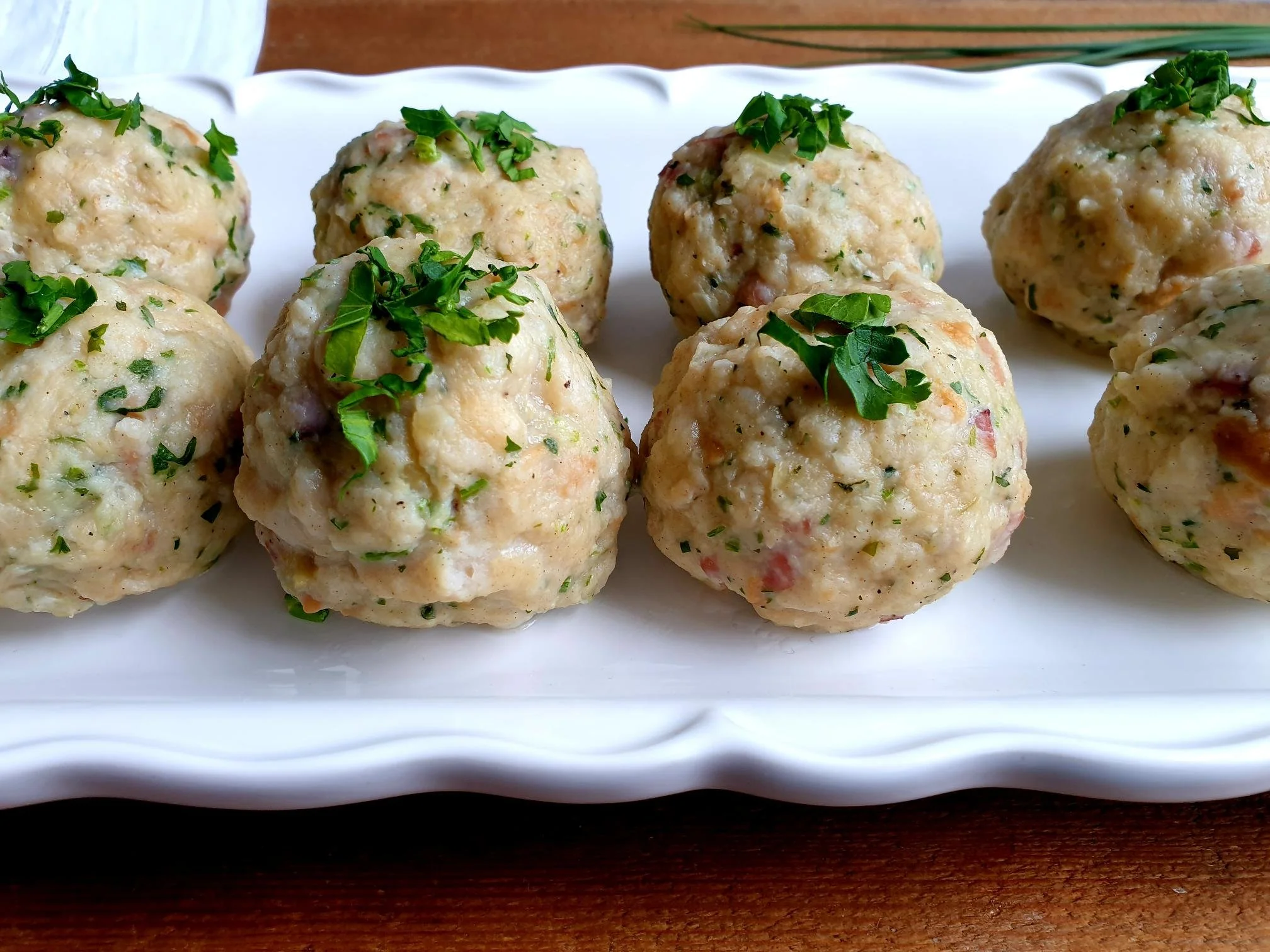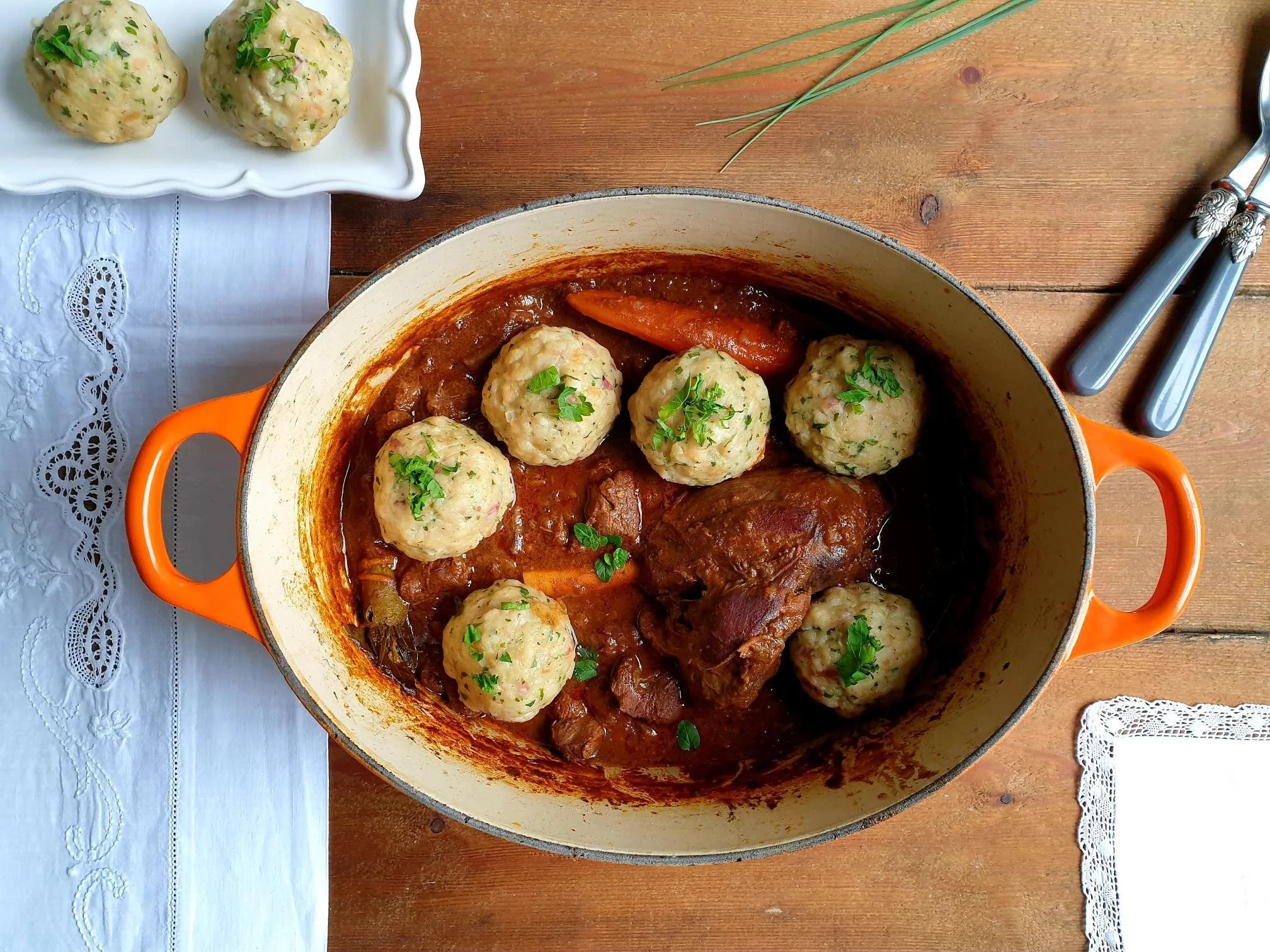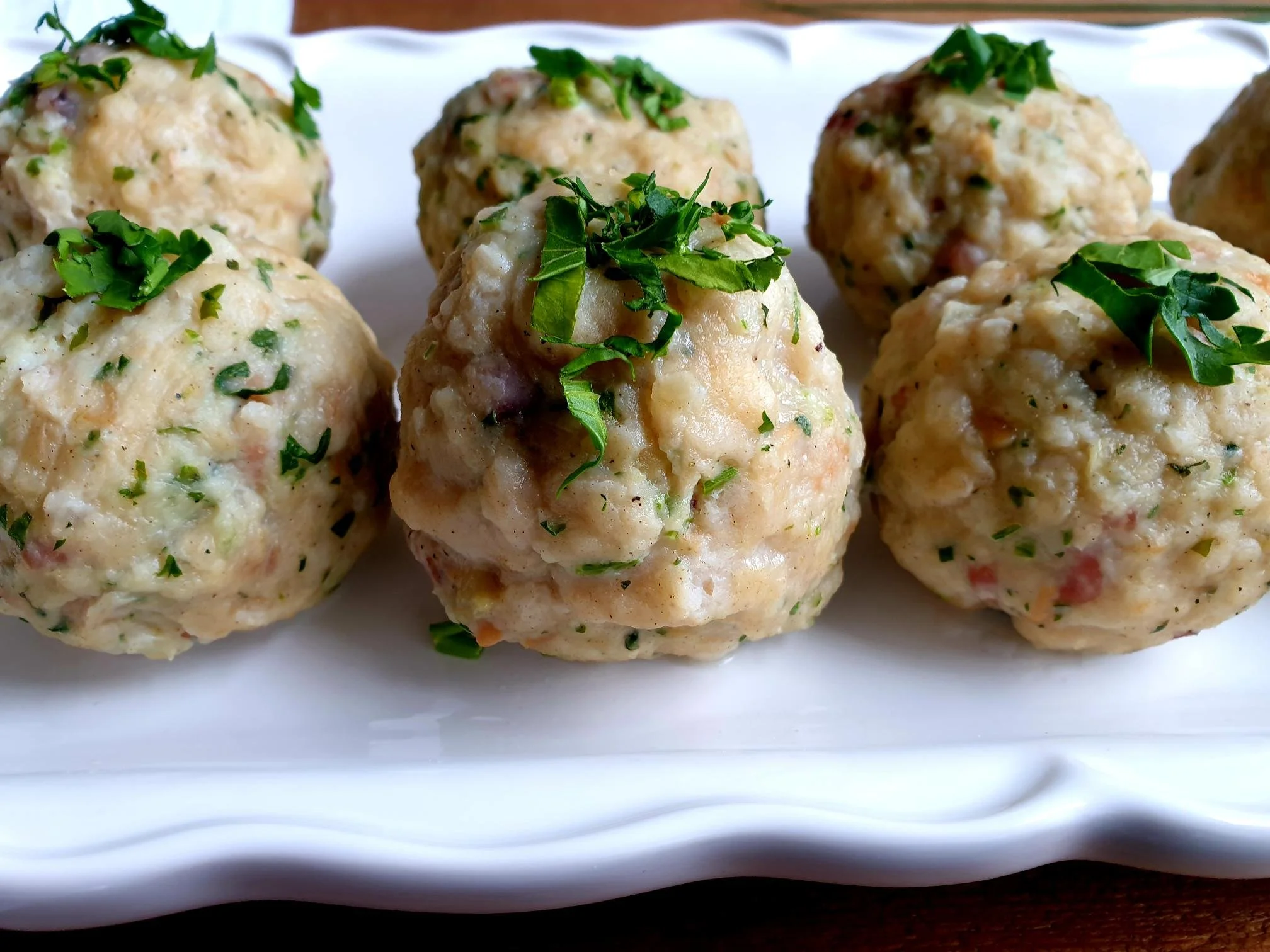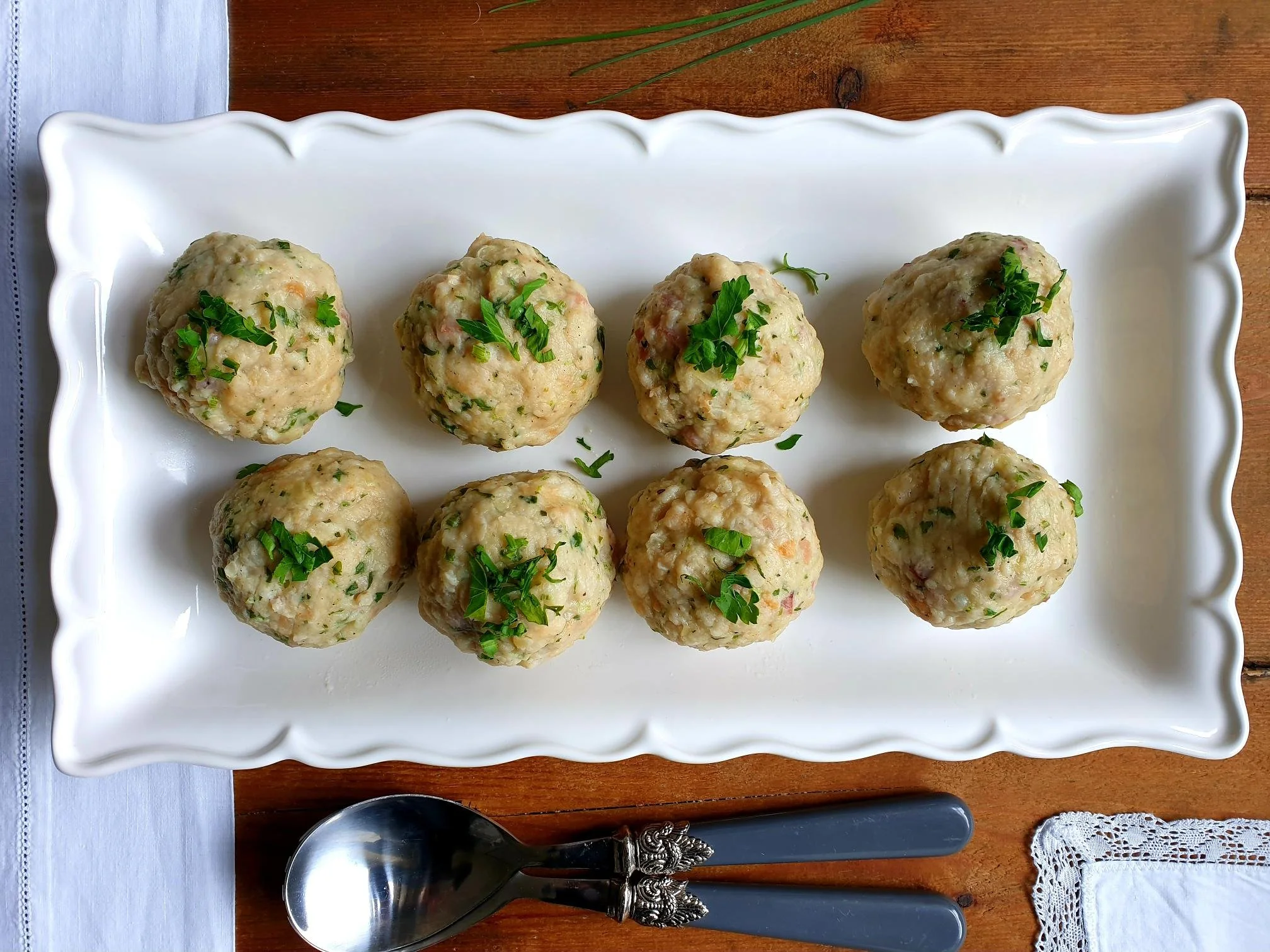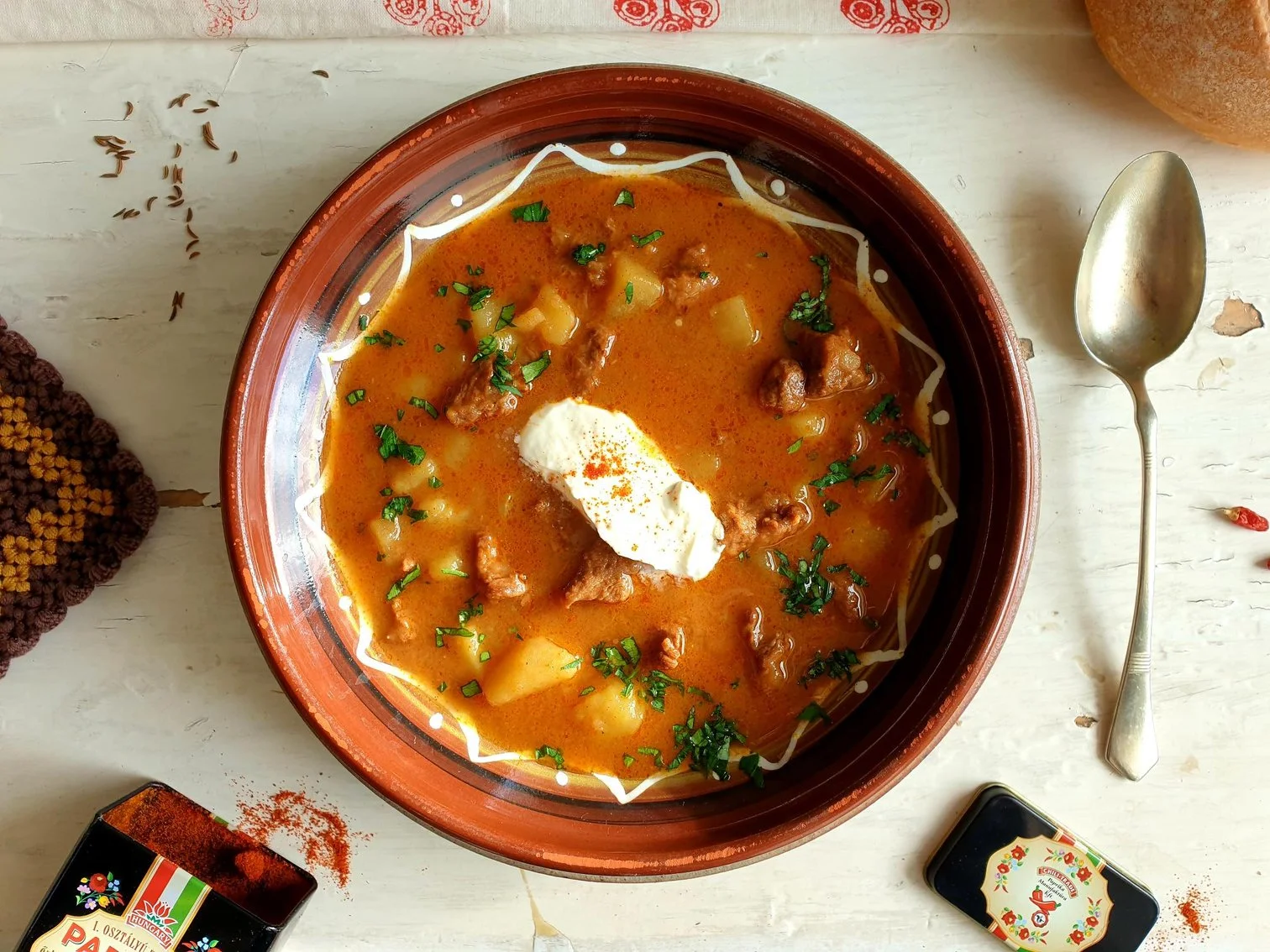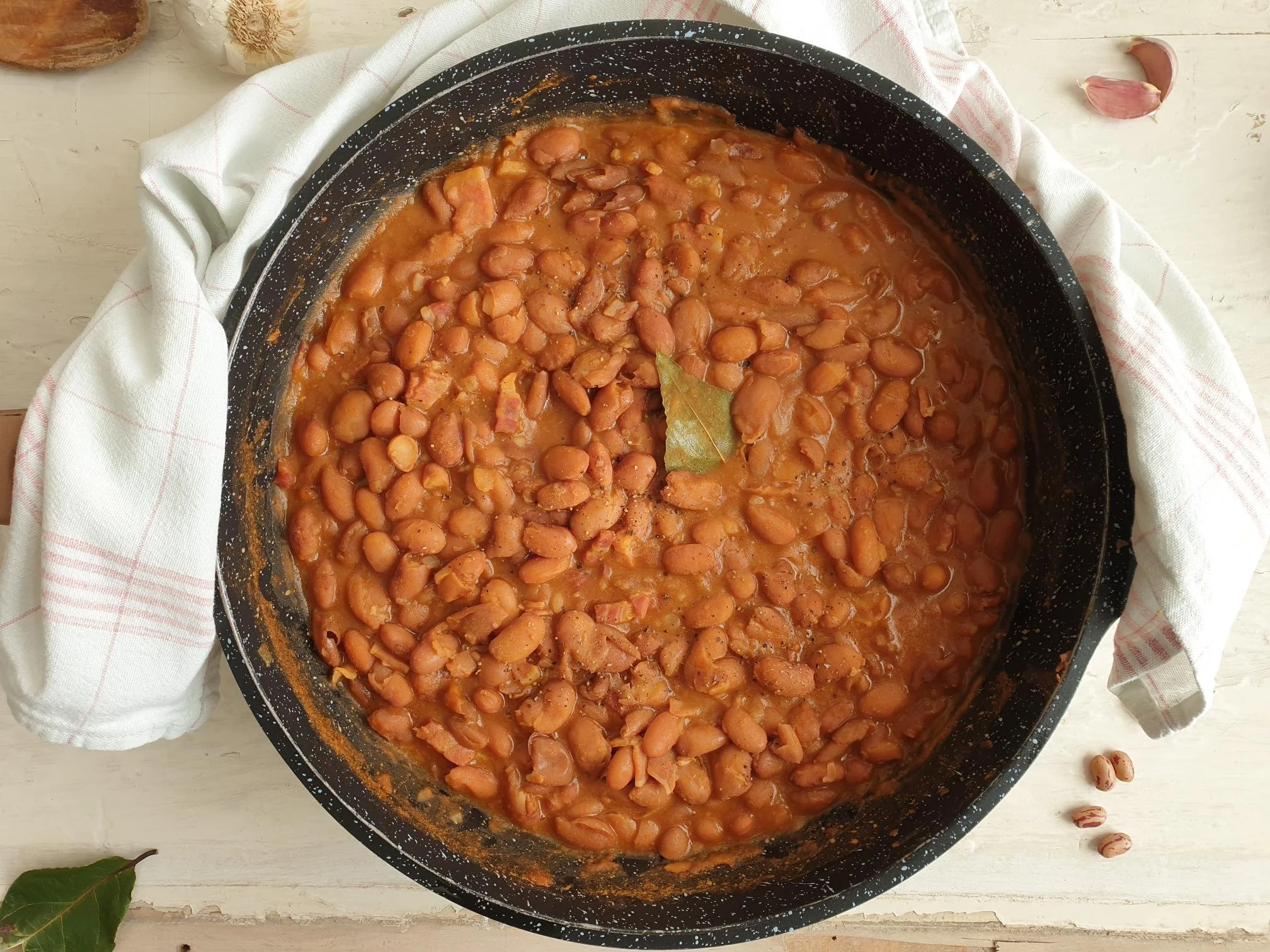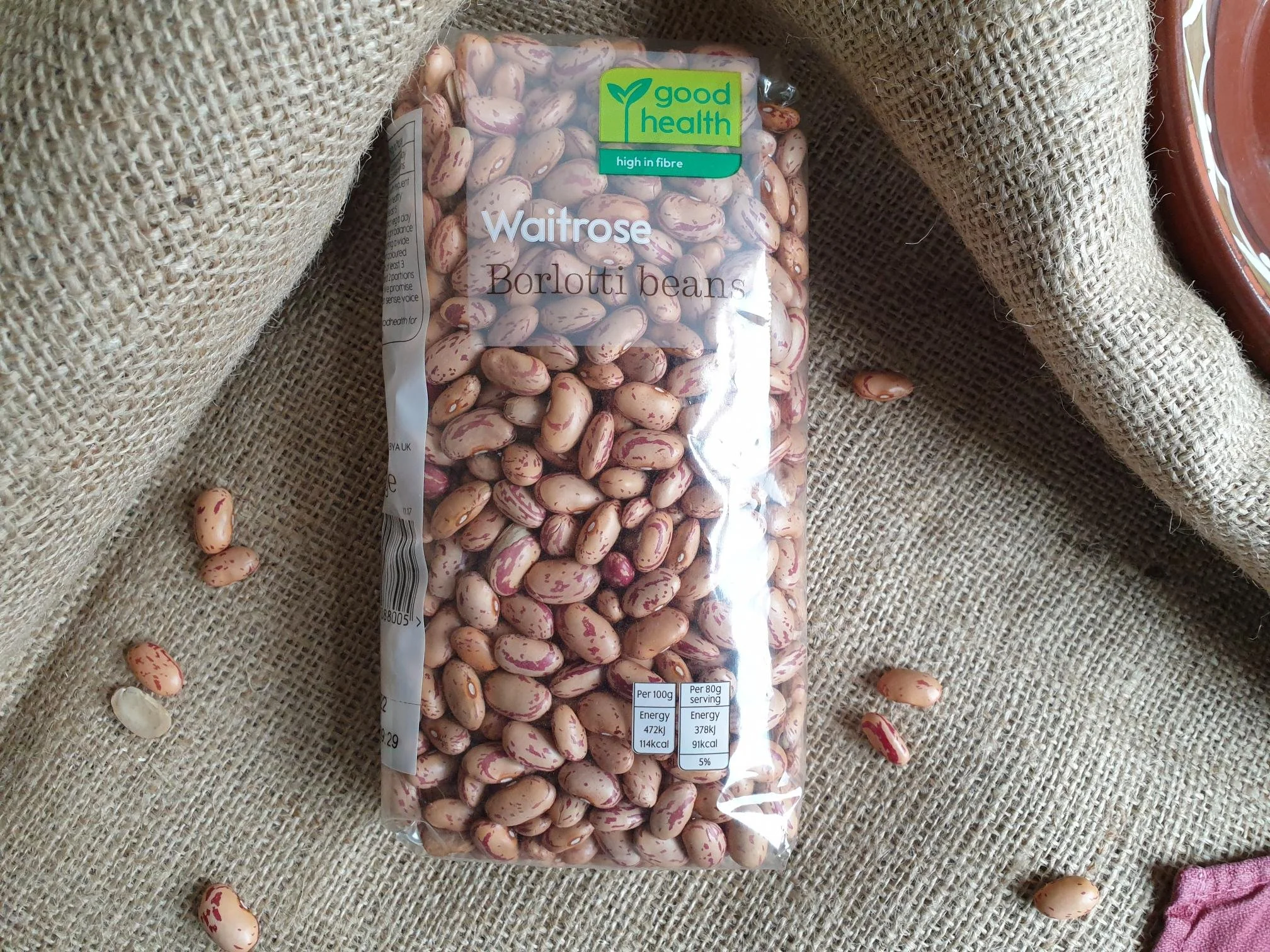Easy Lamb Casserole Istrian Recipe
This slow-cooked lamb casserole recipe is absolutely amazing, it is incredibly easy to make using cheaper and tougher cuts of lamb that by the end of cooking become so tender they truly melt into your mouth.
It is a simple dish to put together, perfect for a cosy and satisfying meal, and great to make ahead of time as the flavours will have the chance to mingle, develop fully and intensify.
Along the Slovenian coast you might find this dish in more informal and rustic style restaurants called in local dialect Janje or Jančić na rošto or referred to as Pečeno Jagnje in standard Slovenian.
This very popular and much-loved dish is frequently prepared in the households during the weekends, and when the family and friends get together for special celebrations. It is also a recipe that is understandably appropriate for an Easter menu.
I am sharing here my family recipe with you. It only needs a few basic ingredients and you are ready to go.
You will come back to this recipe time and time again, as the best things about this incredibly flavourful lamb casserole is that the oven will take over and do the work for you.
Recipe
Ingredients
Serves 4
1kg diced lamb meat of your choice (I used neck fillet). You can use boneless shoulder or leg of lamb, trimmed of excess fat and diced.
1 medium onion (about 150g), peeled and finely chopped
2 cloves of garlic, peeled and crushed
3 Tbsp olive oil
100 ml white wine, optional
100g ripe and sweet tomatoes of your choice, roughly chopped (I used mini-San Marzano tomatoes)
If you cannot get hold of ripe and sweet tomatoes, you can use high quality tinned chopped tomatoes instead.
a sprig of fresh parsley, finely chopped
leaves from a small sprig of fresh rosemary (about 1 Tsp), very finely chopped or ¼ Tsp of dry rosemary
sea salt
black pepper
Method
Heat the oven to 250°C static or equivalent.
Trim off the excess fat from the diced meat if necessary to avoid the final dish being too greasy and potentially unpleasant to eat.
Put the olive oil in a fairly large flameproof casserole dish or Dutch Oven.
Add finely chopped onions, crushed garlic, a pinch of sea salt, and gently fry until soft and transparent.
Place diced lamb meat in a casserole dish and mix with the onions.
Transfer in the oven and bake for 15 minutes.
Remove from the oven and add chopped tomatoes, the herbs, and season with sea salt and black pepper.
Add white wine, if you are including it, and pour enough water to almost completely cover the meat.
Stir gently so all the ingredients are mixed together.
Turn the heat down to 220ºC.
Transfer the casserole dish back into the oven and cook for about 1 hour or until the meat is very tender.
Check the casserole now and again, giving it a good stir making sure there is always enough liquid.
If the casserole gets too dry, top up with a bit more water.
When the dish is ready you can spoon out any excess oil at the surface of the casserole.
Great served with oven baked potatoes, mashed potatoes, soft cooked polenta, some crusty rustic bread, sautéed peas, and other green vegetables like beans, broccoli, curly kale, and cavolo nero just to mention a few possible vegetables.
Just a thought
This lamb casserole is great for freezing. Once fully cooked, allow it to cool completely, and then freeze for up to three months.


